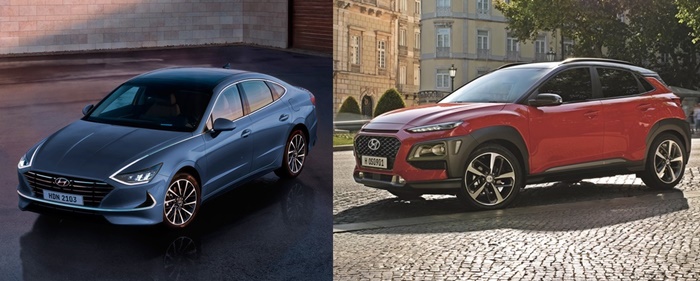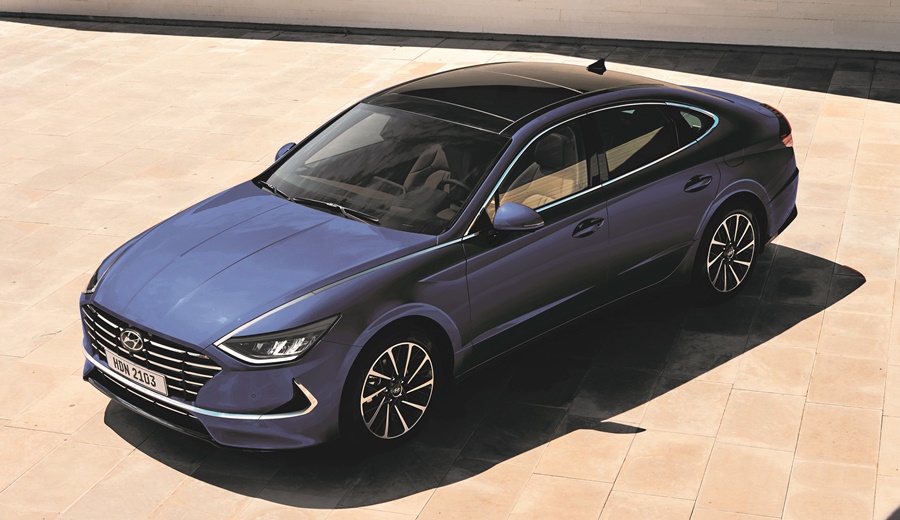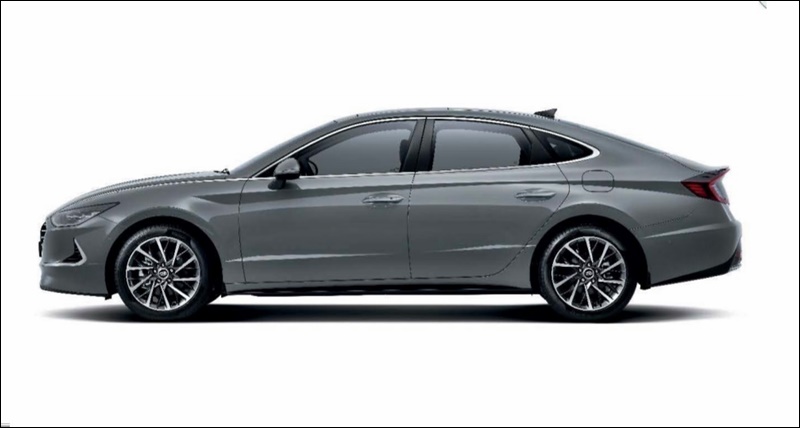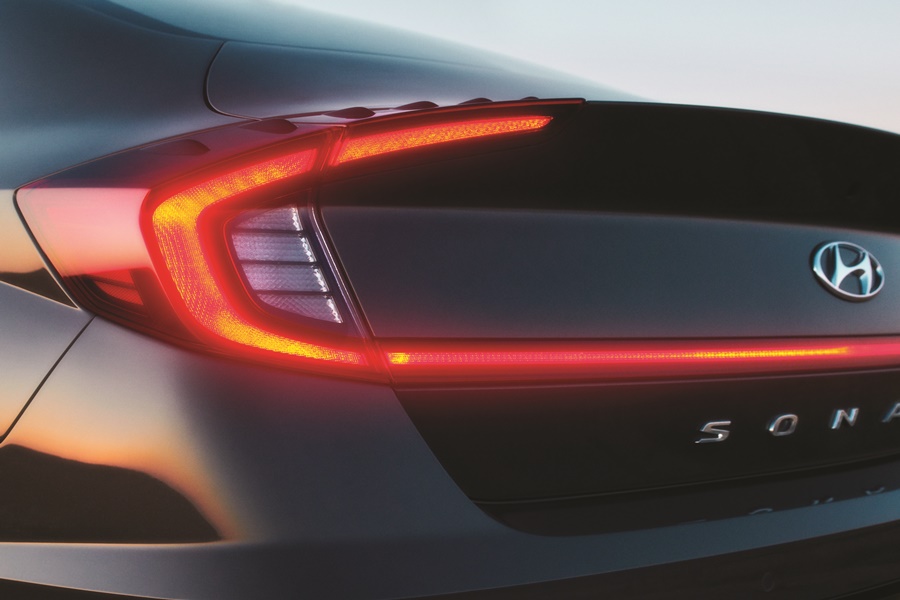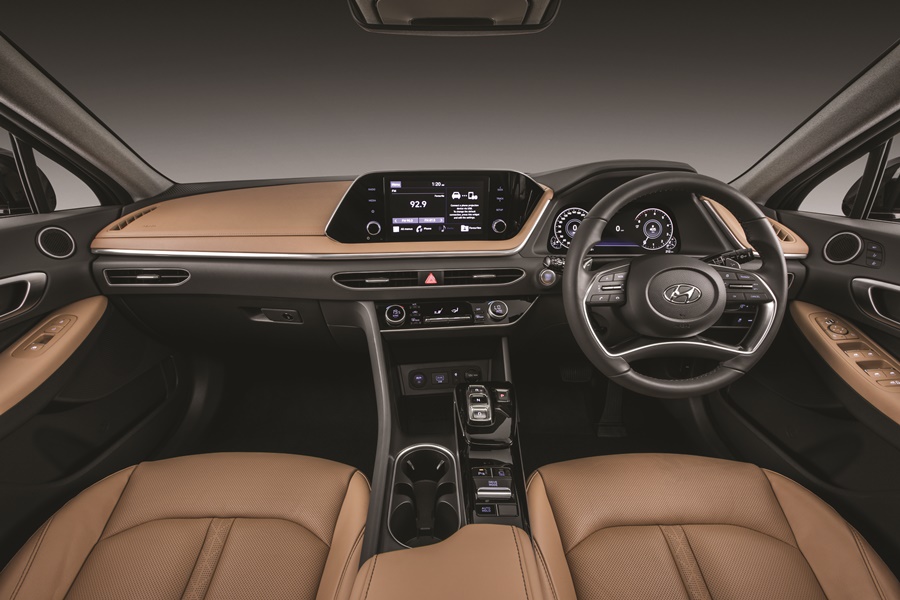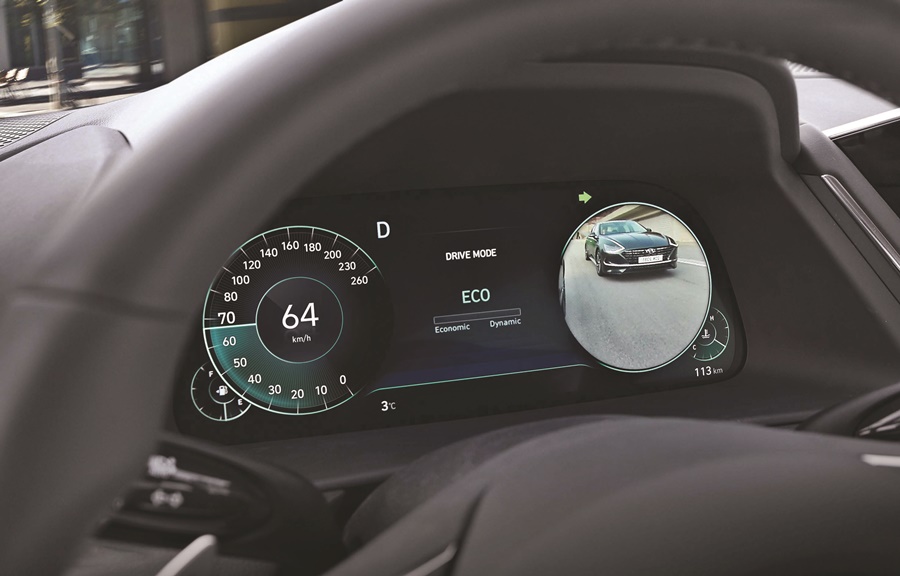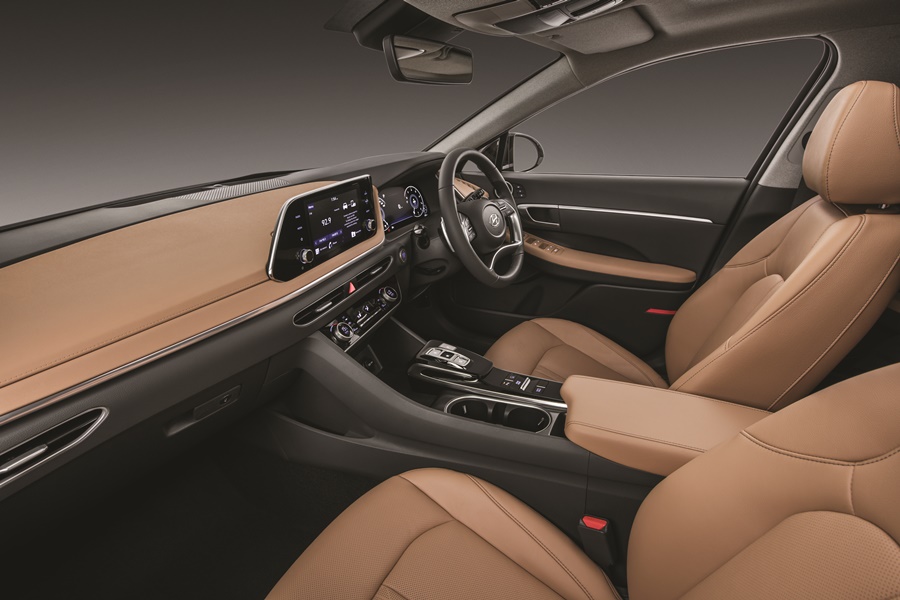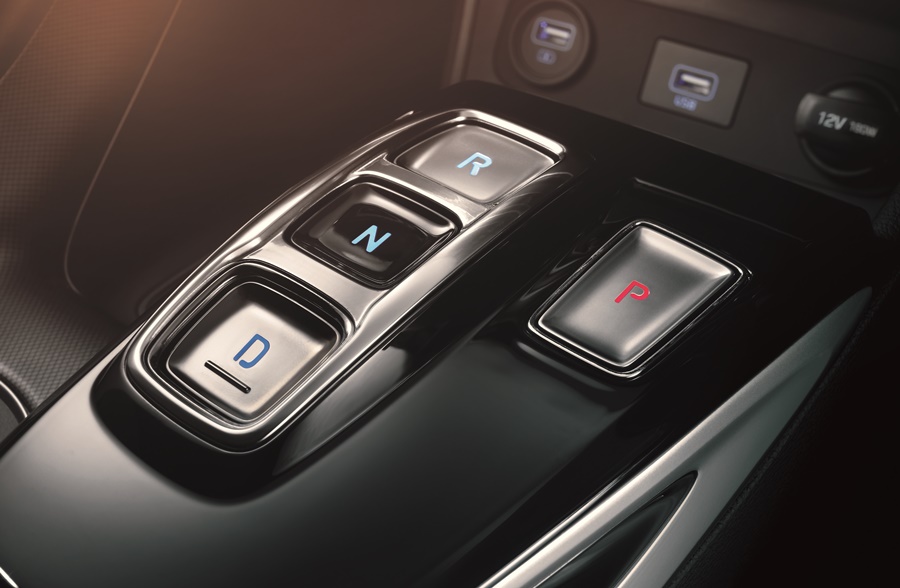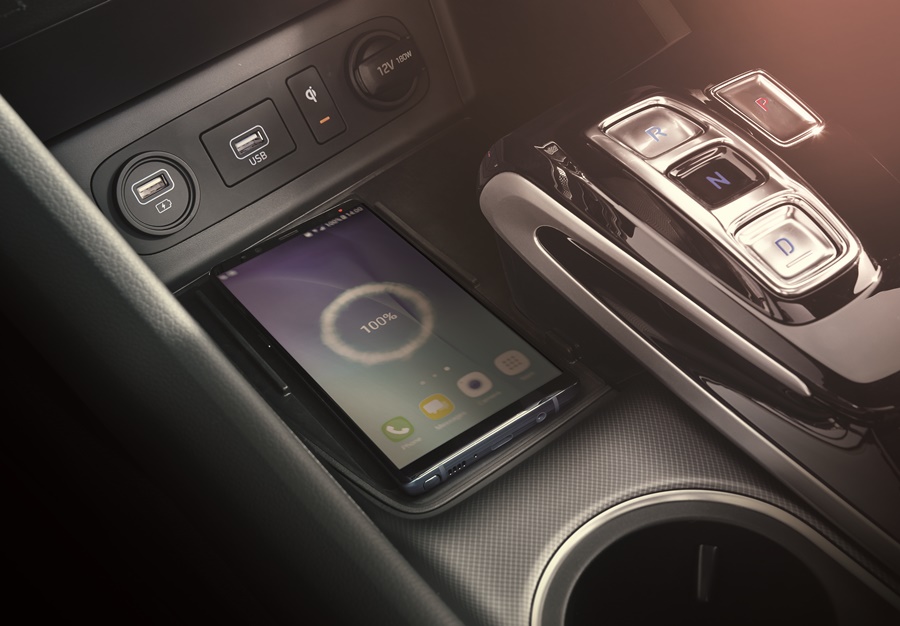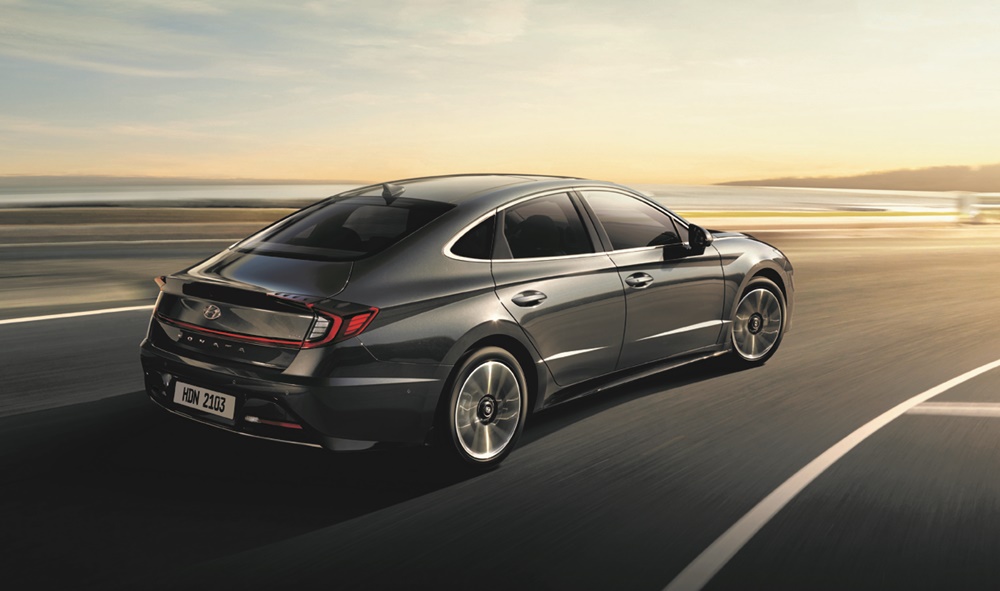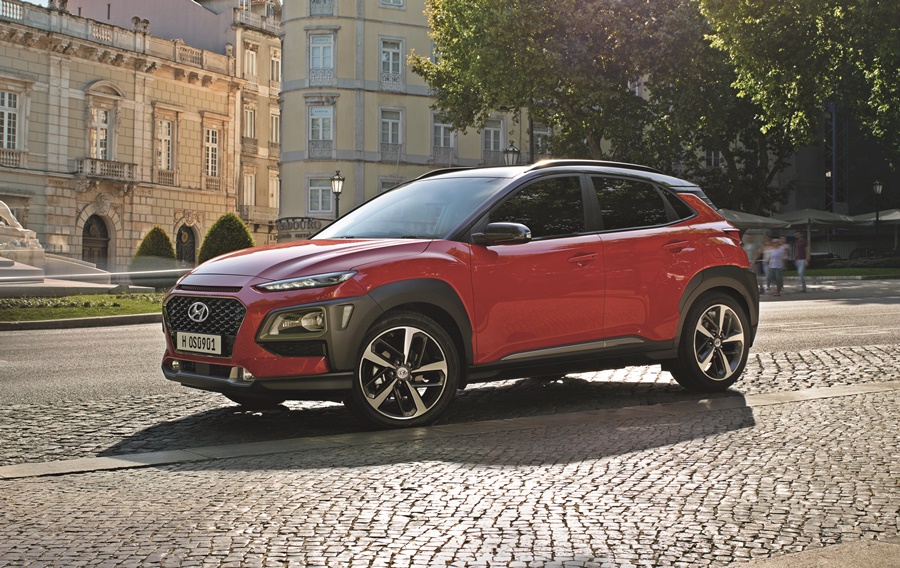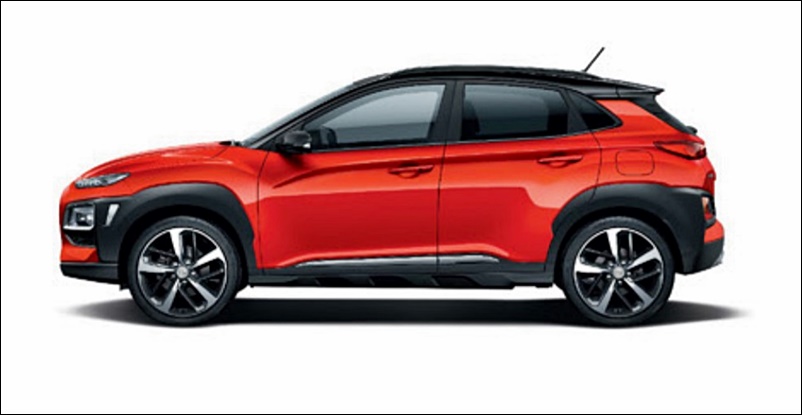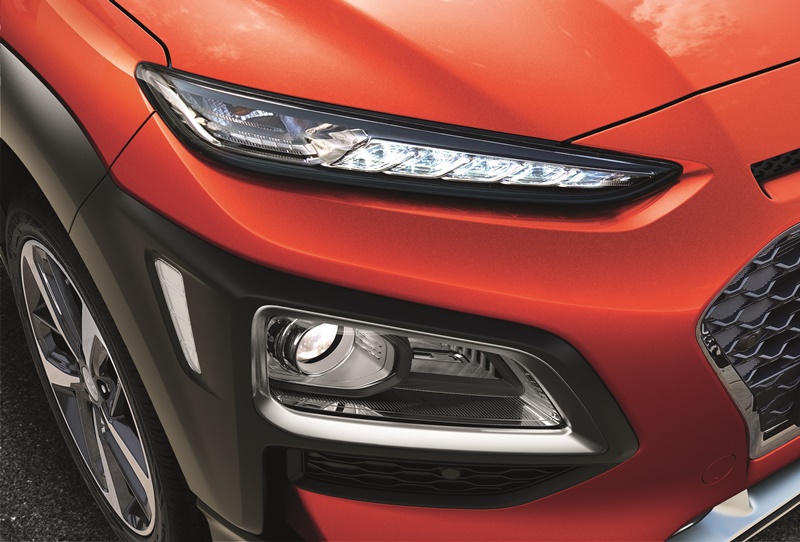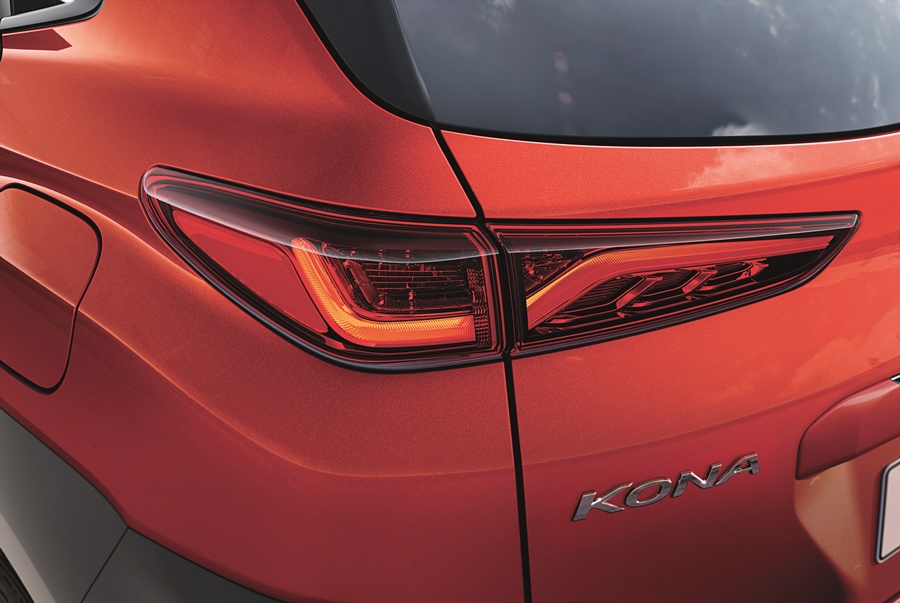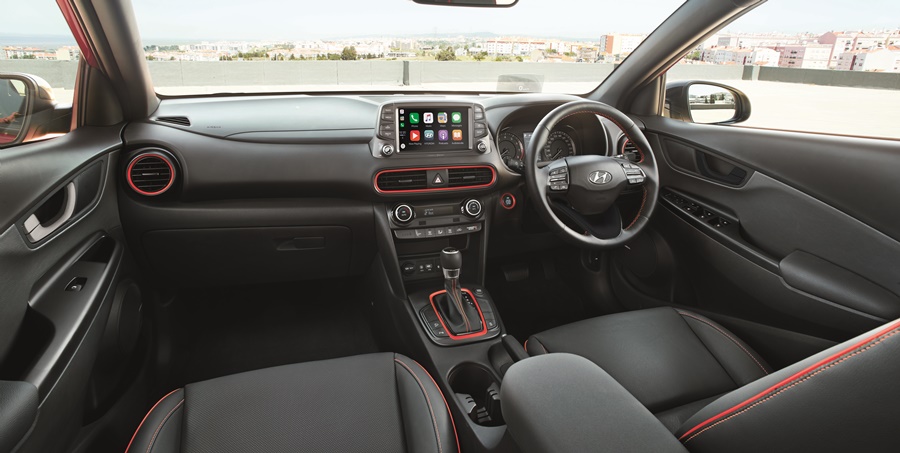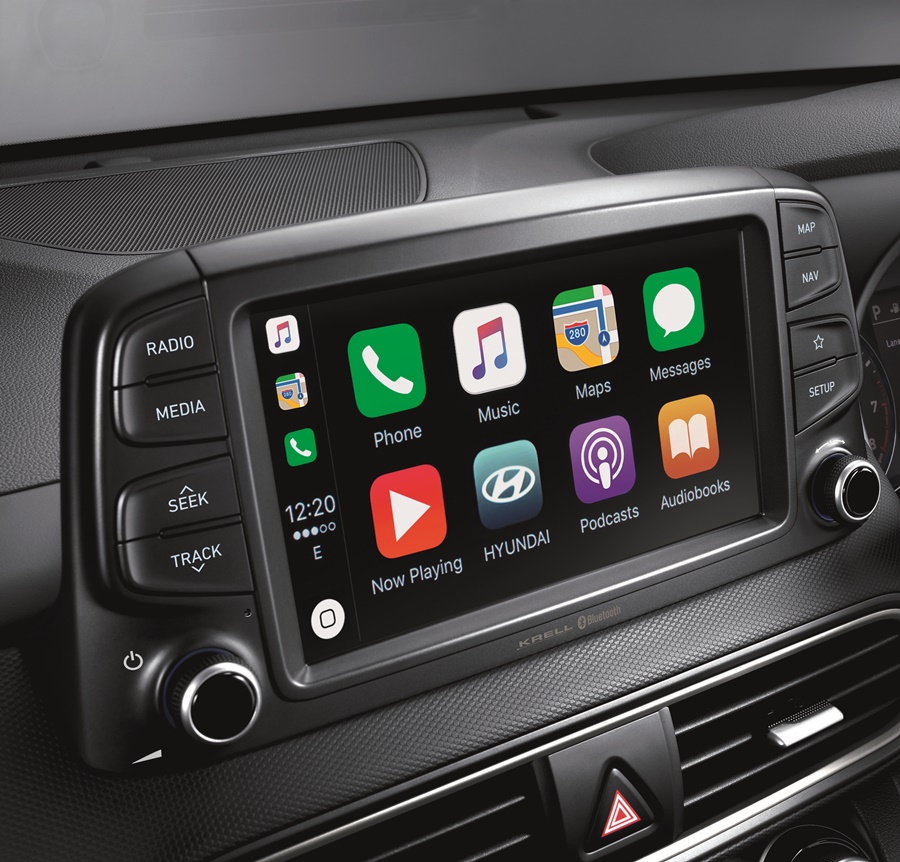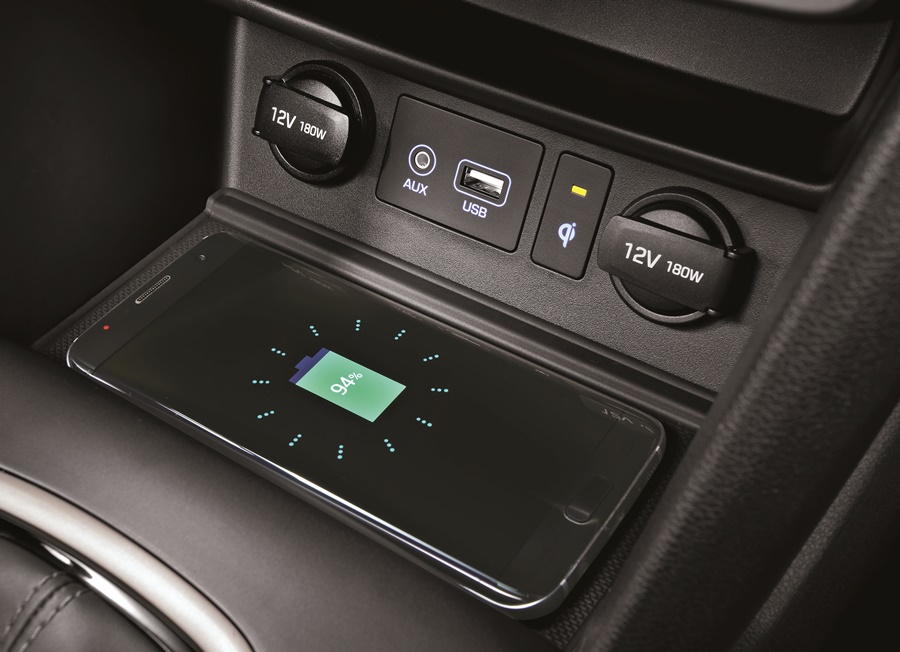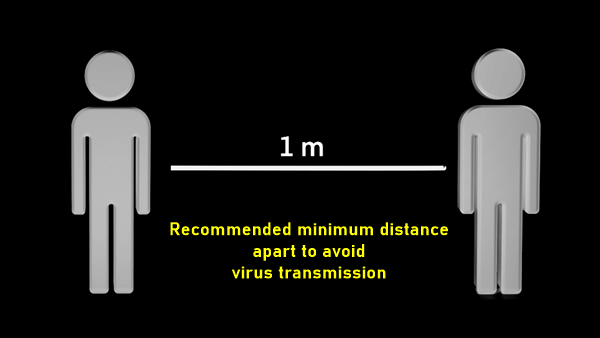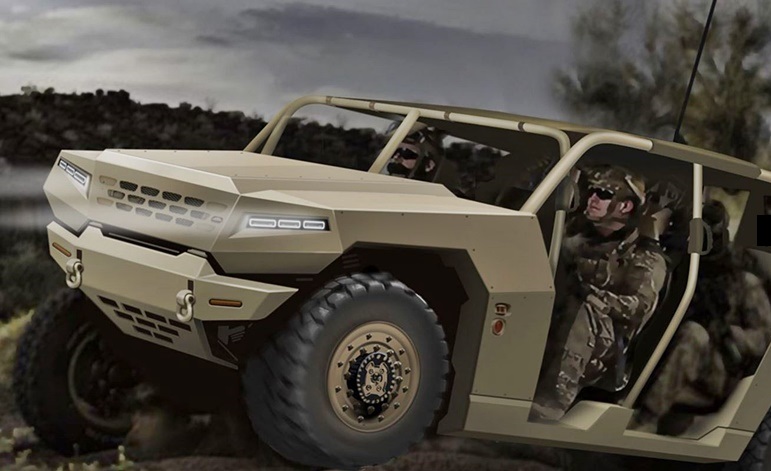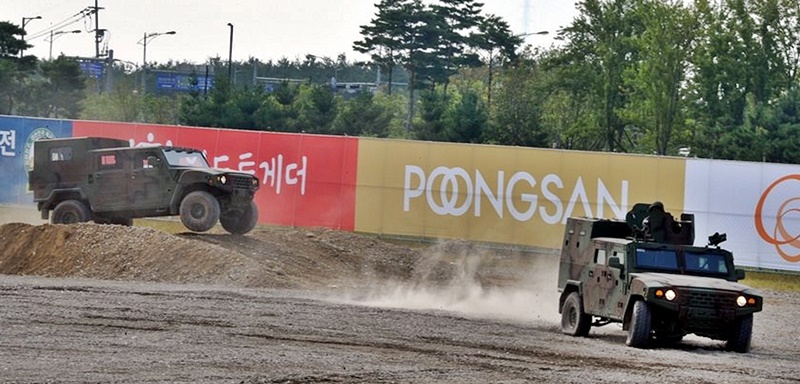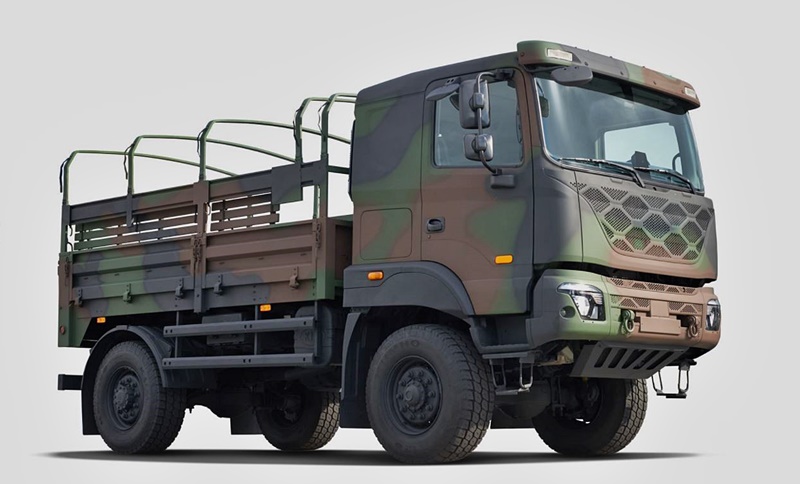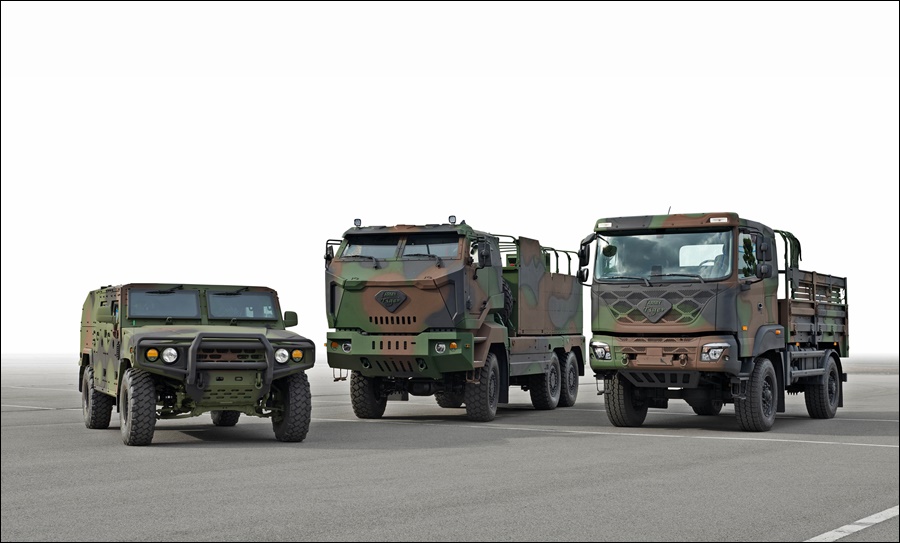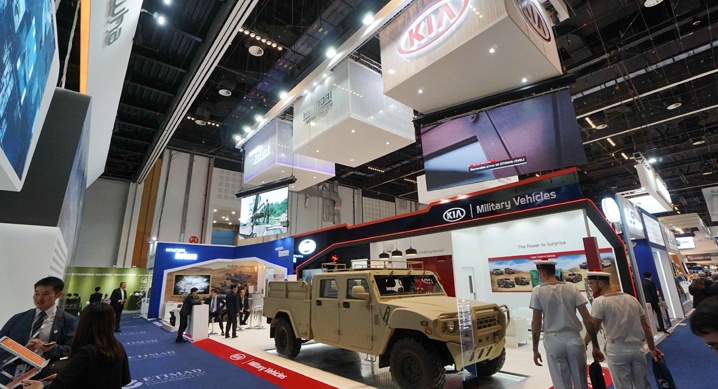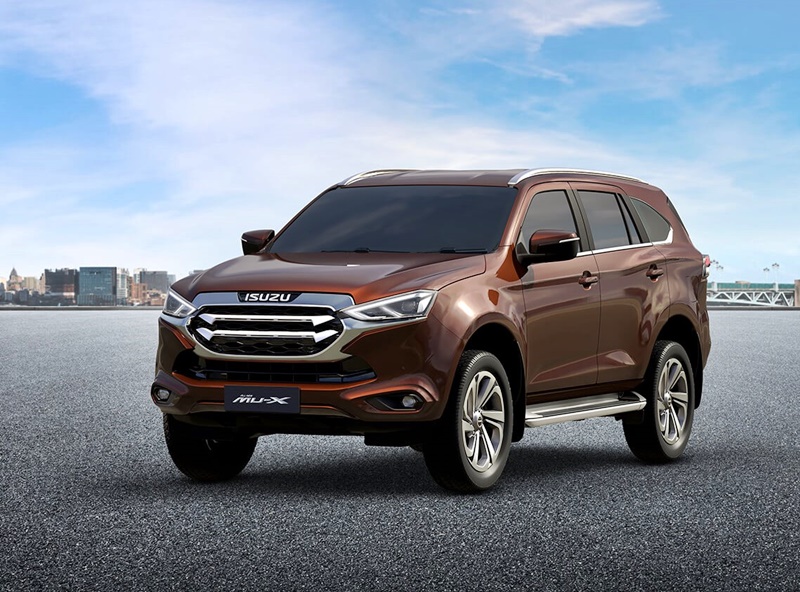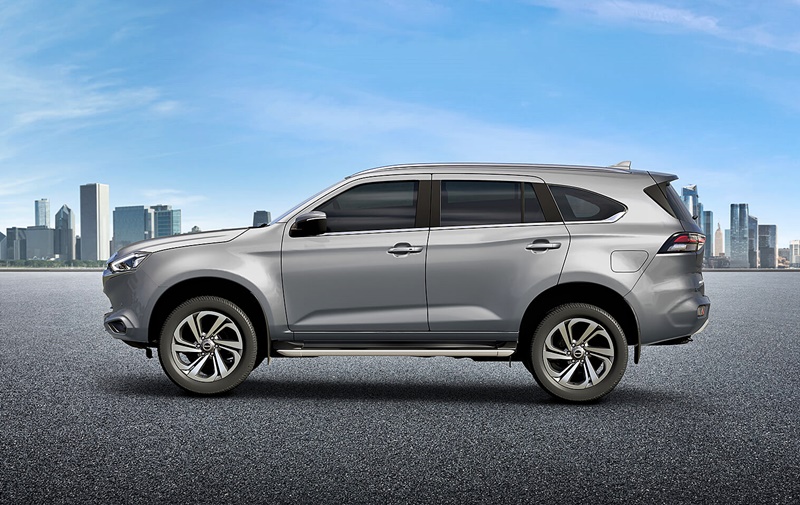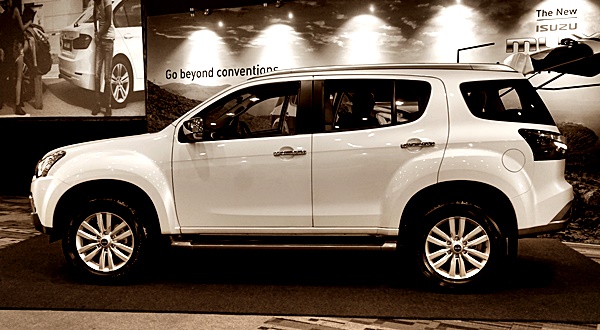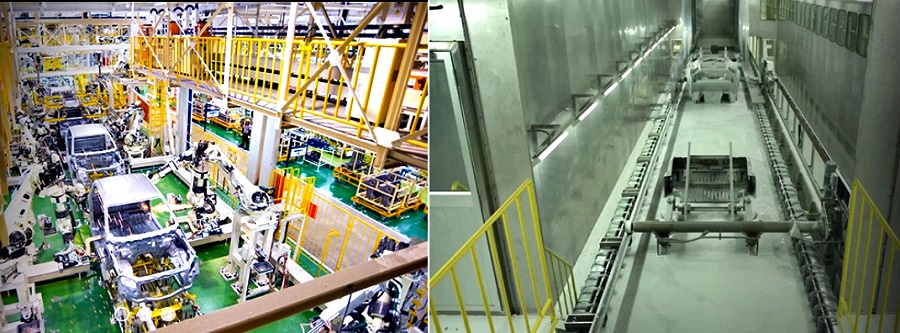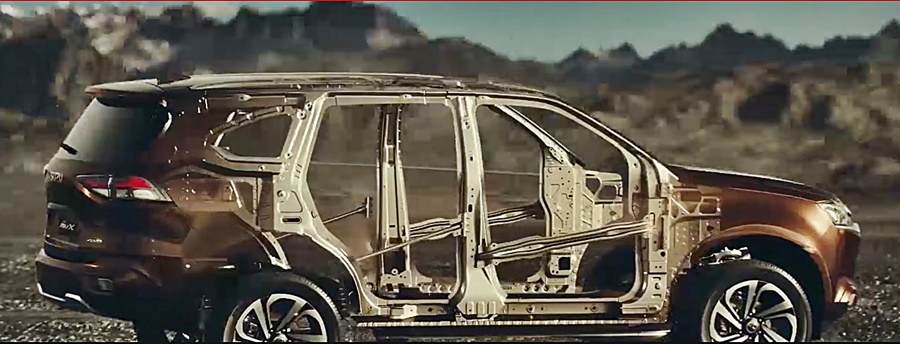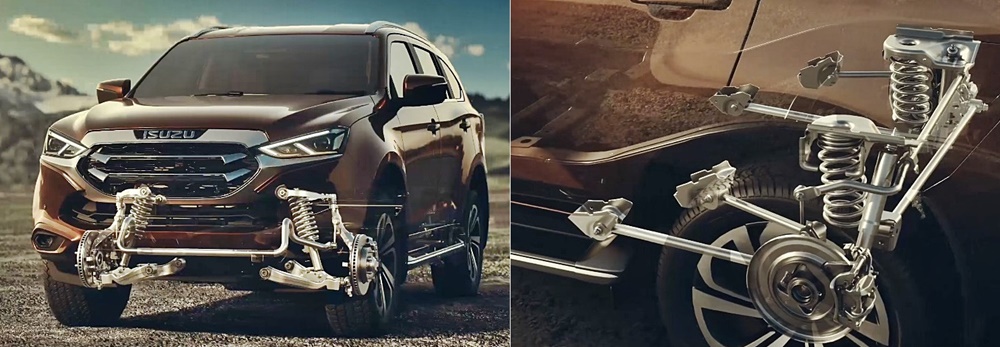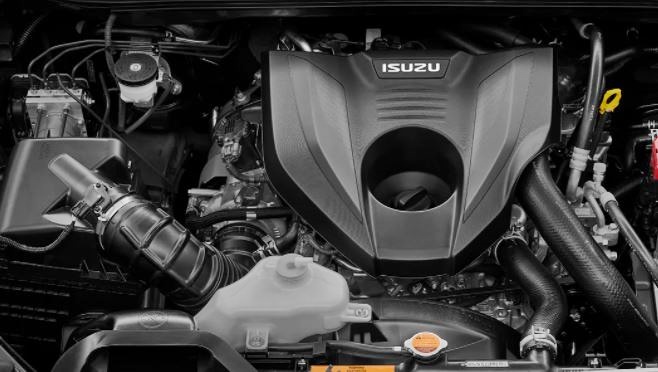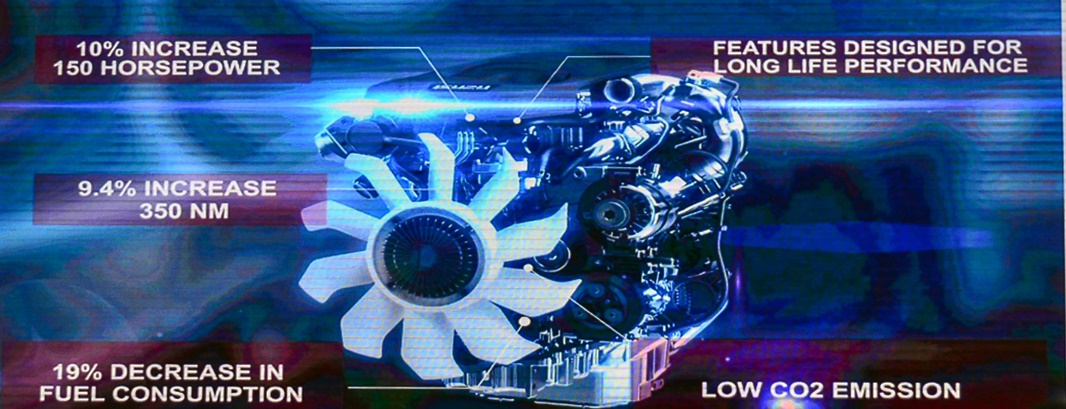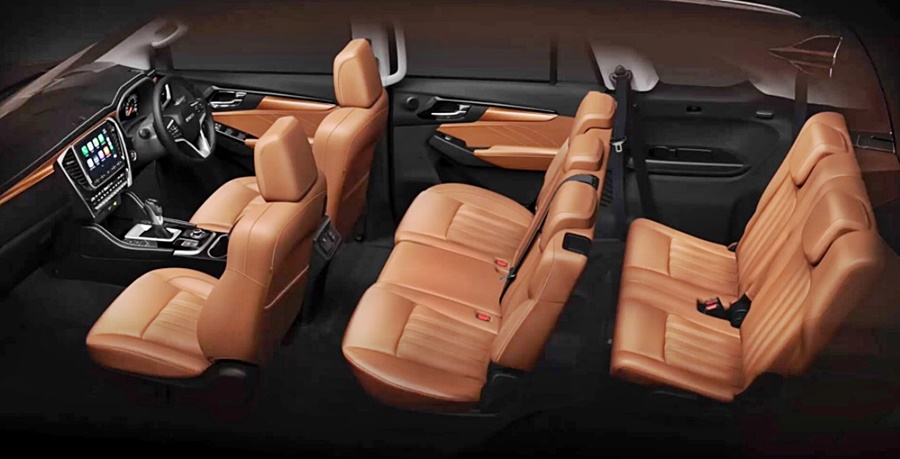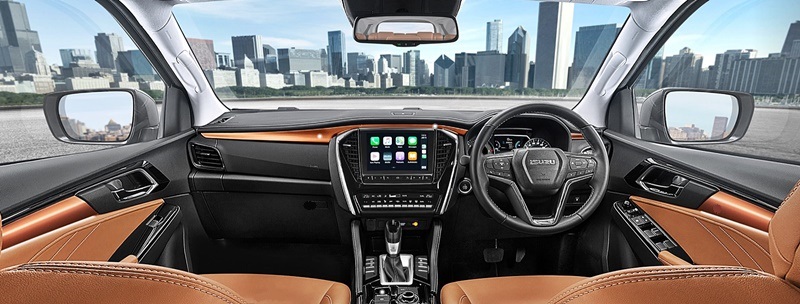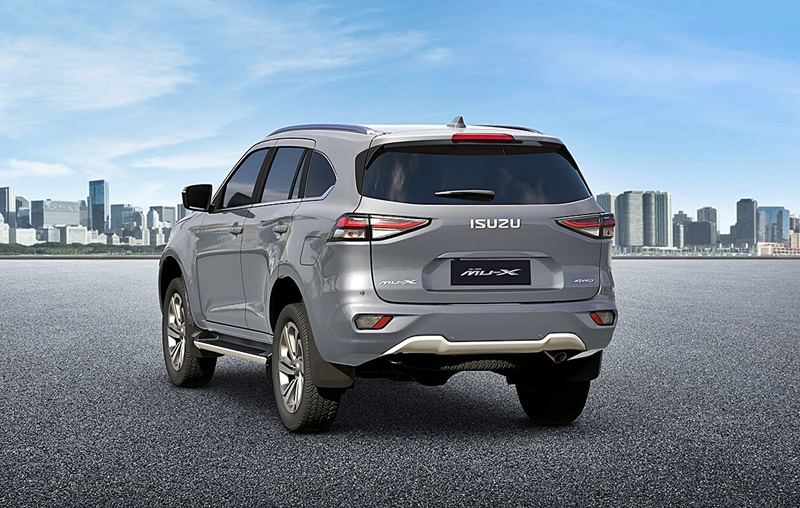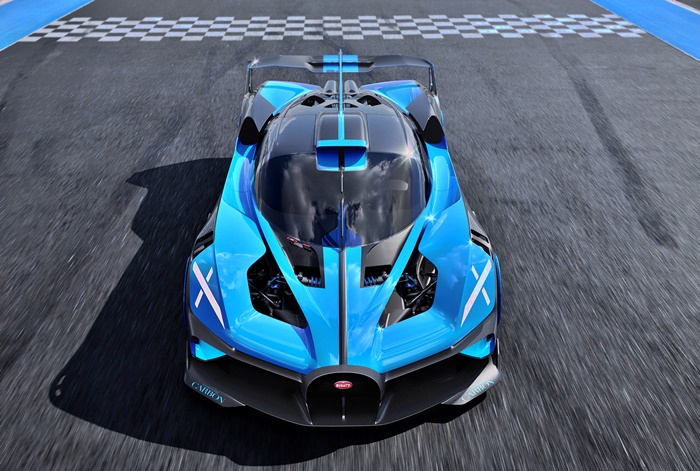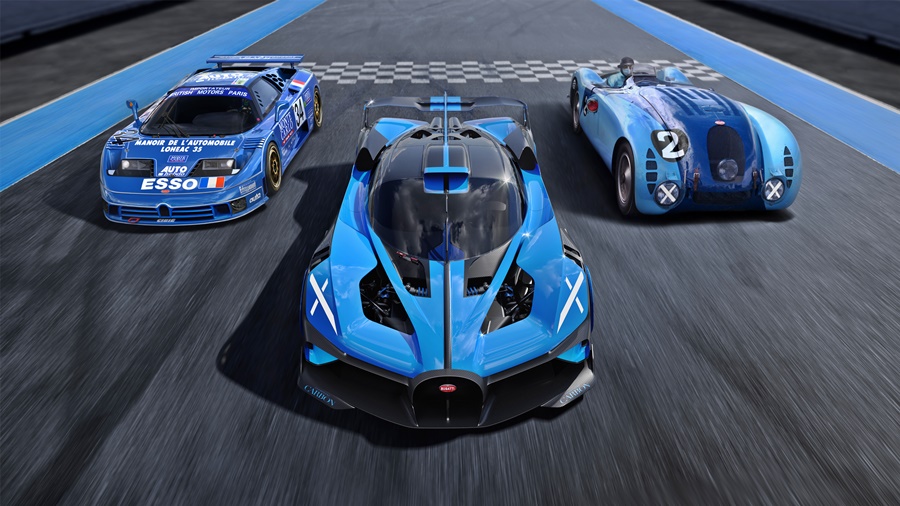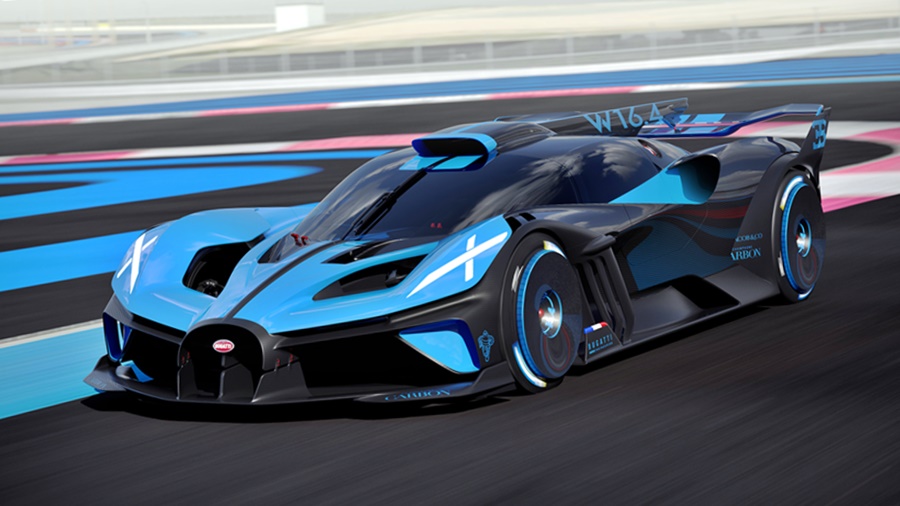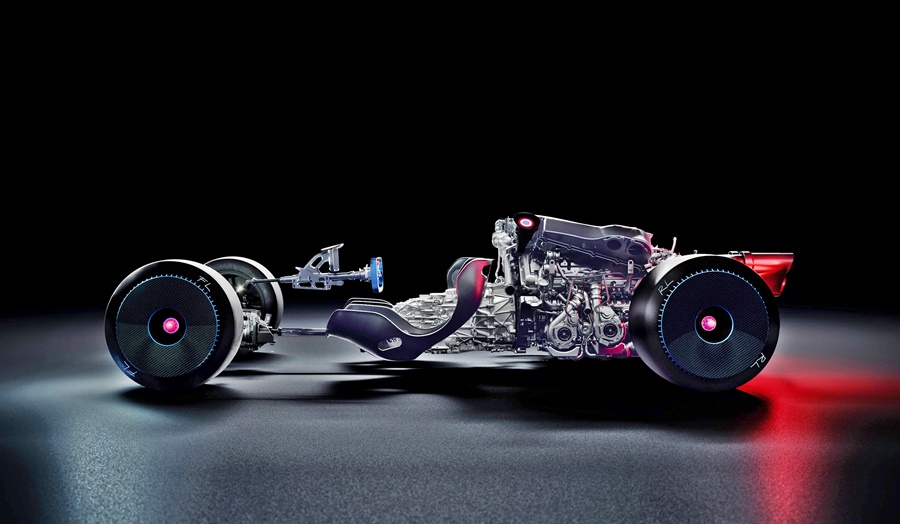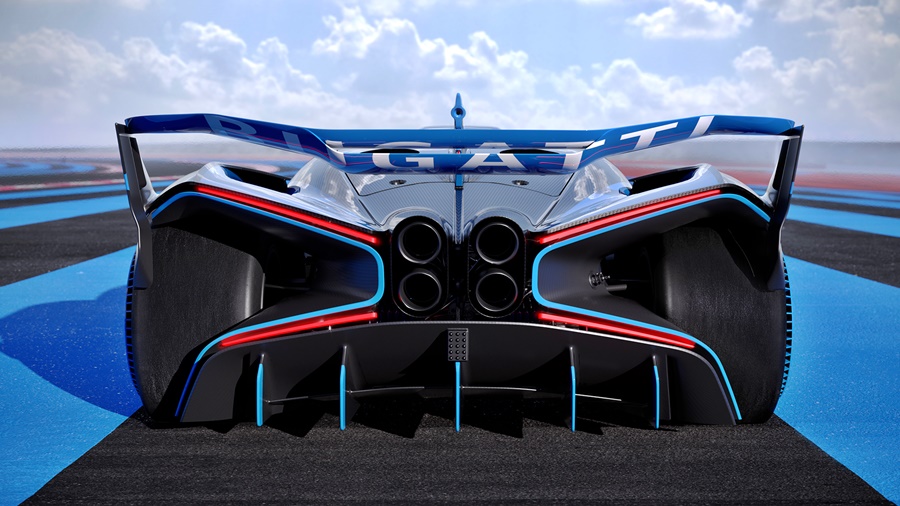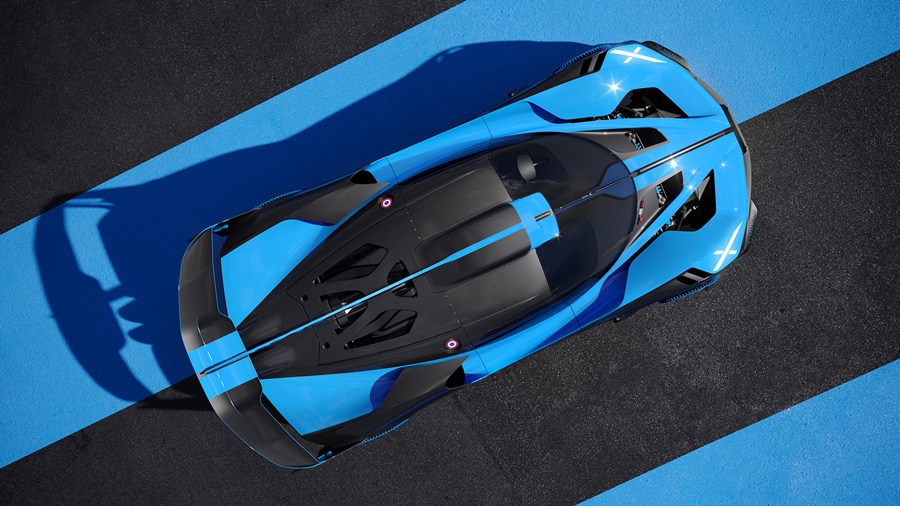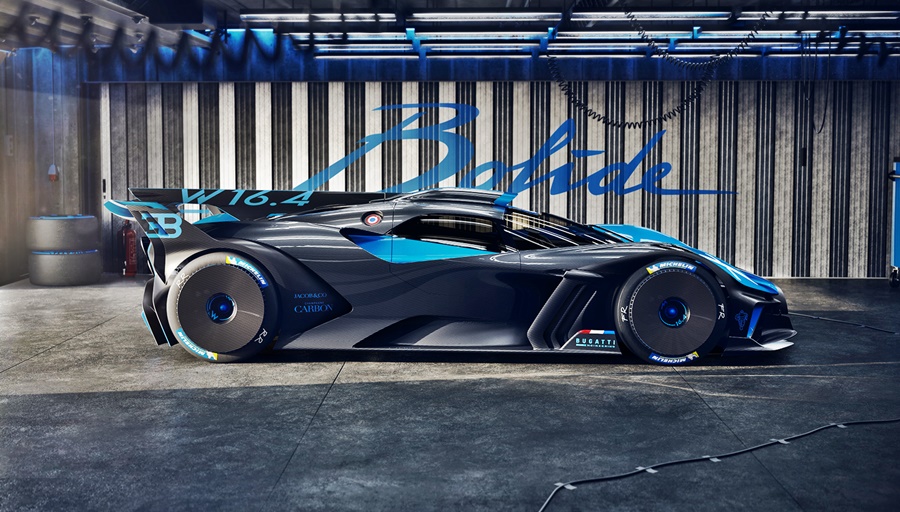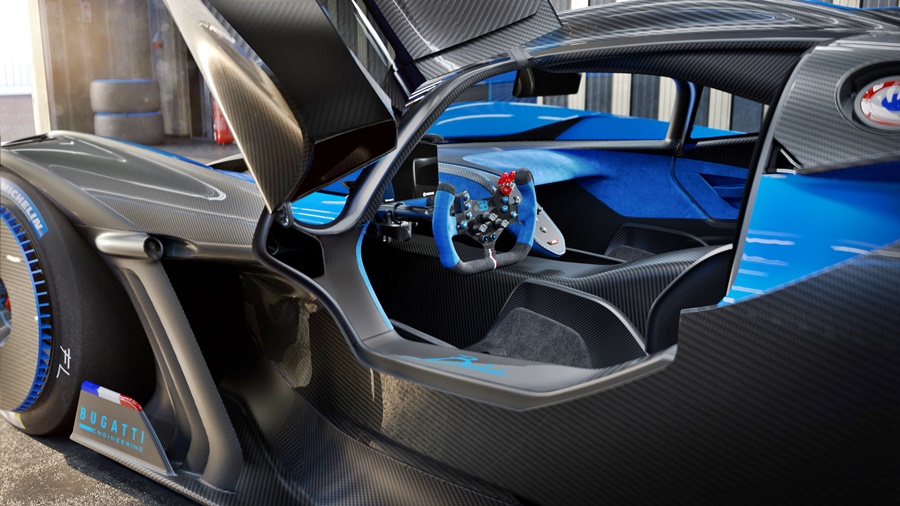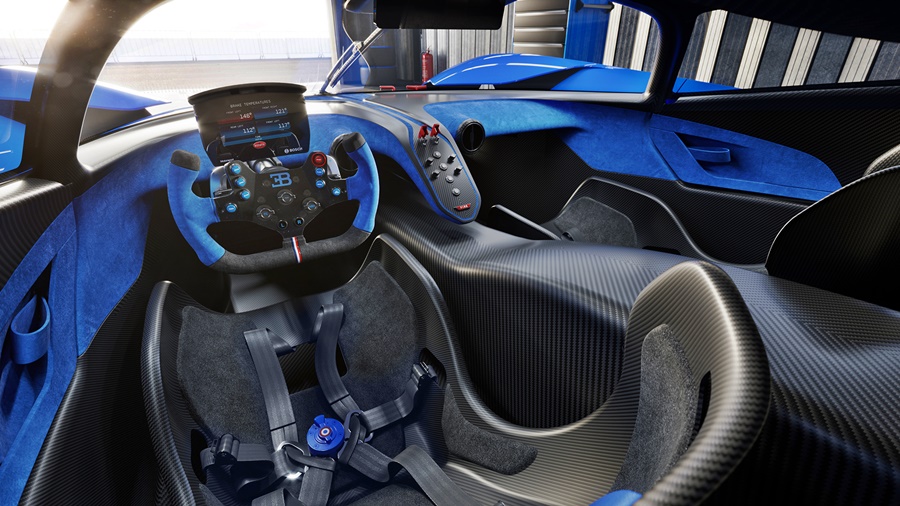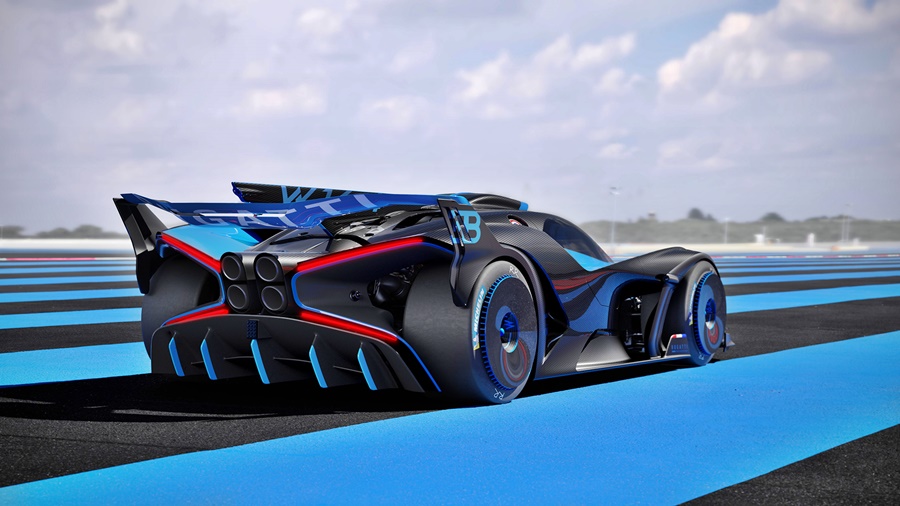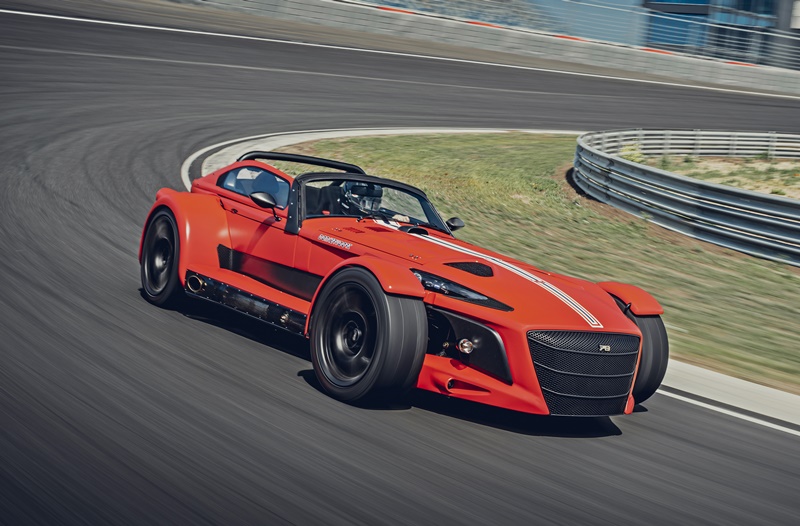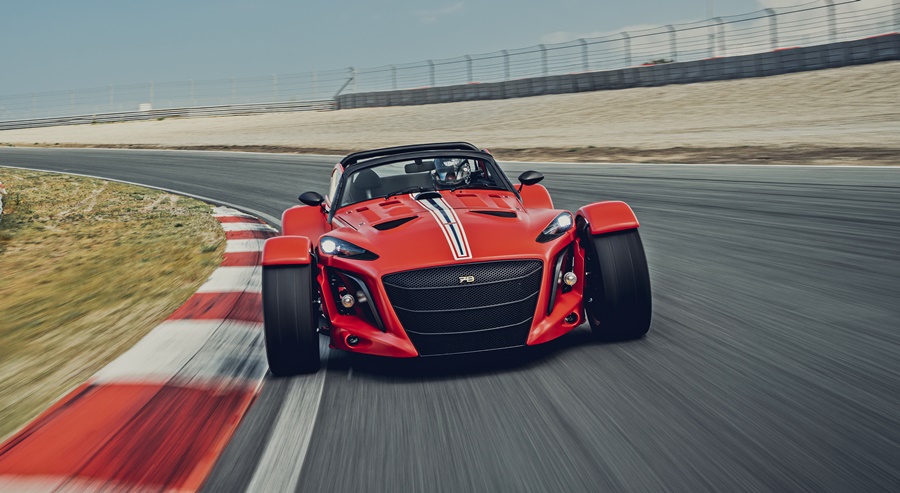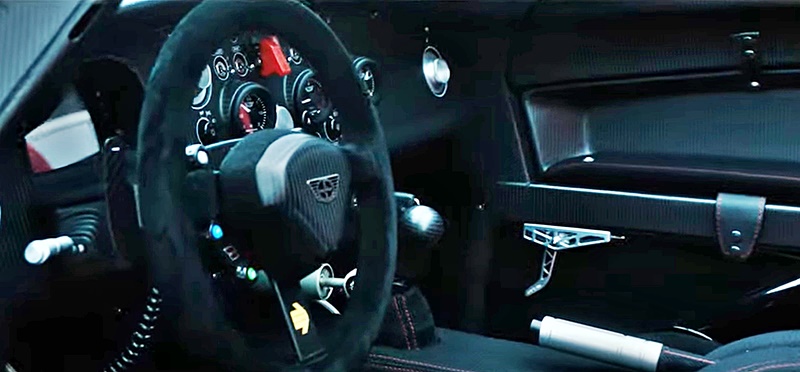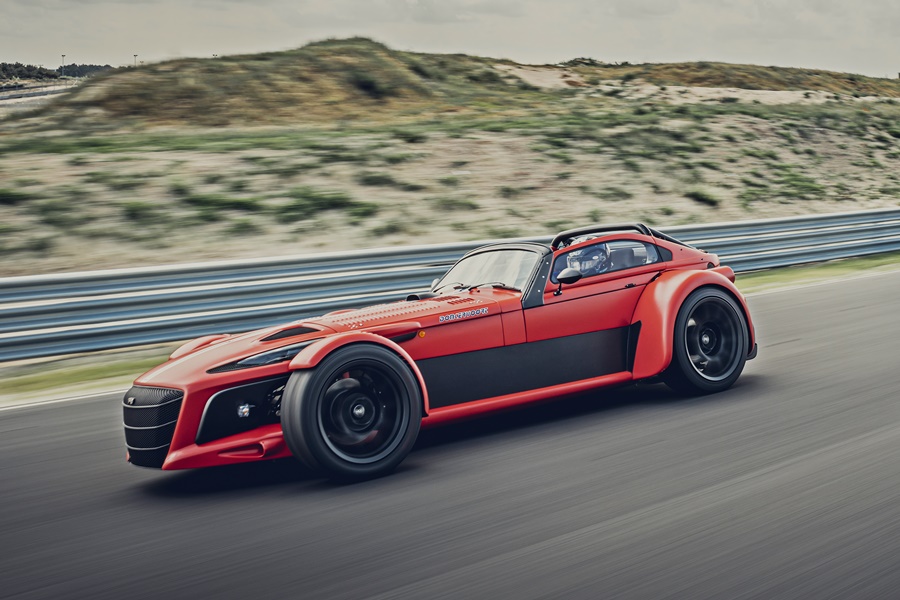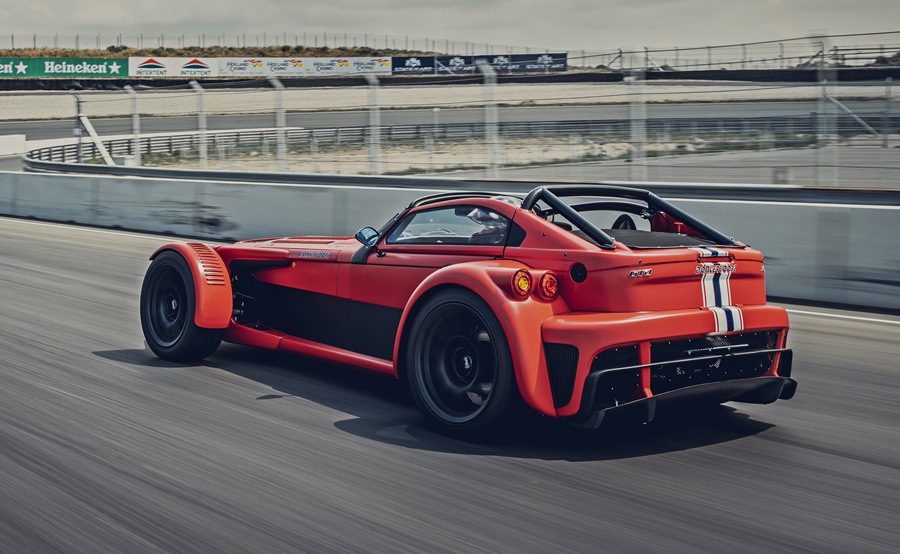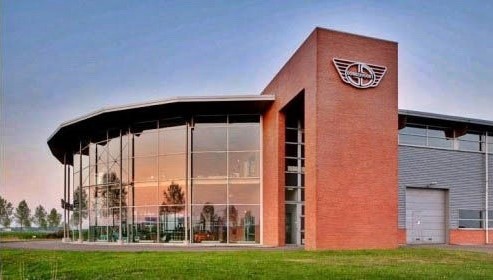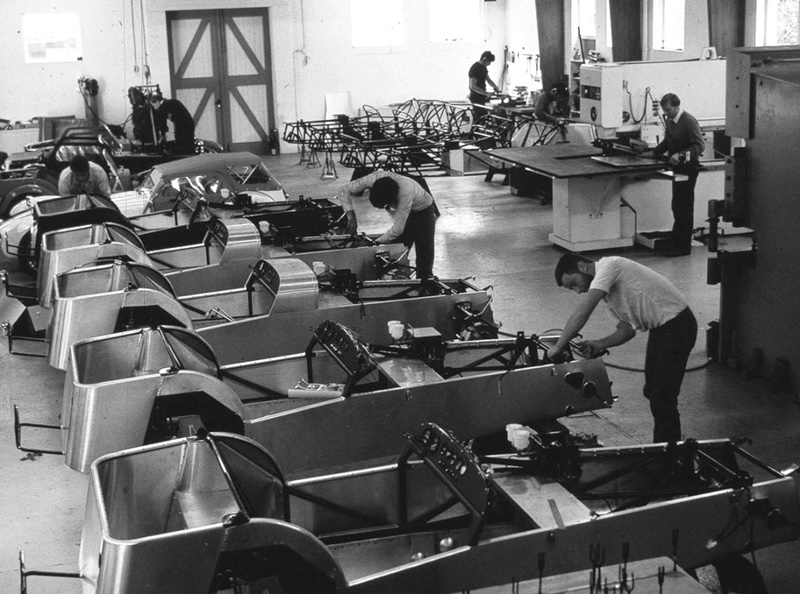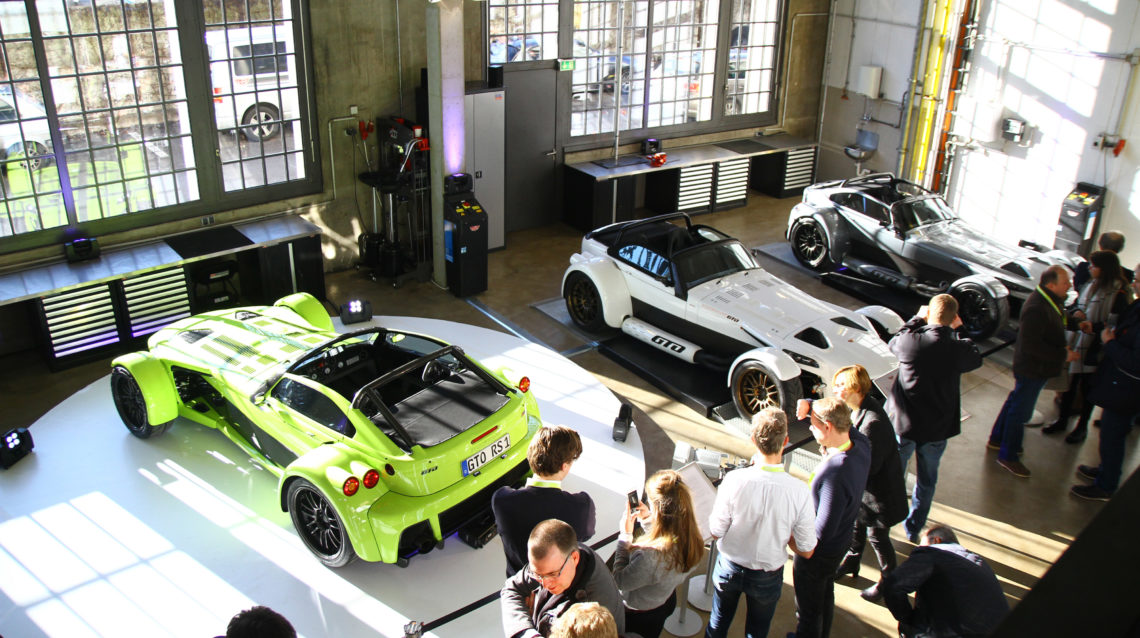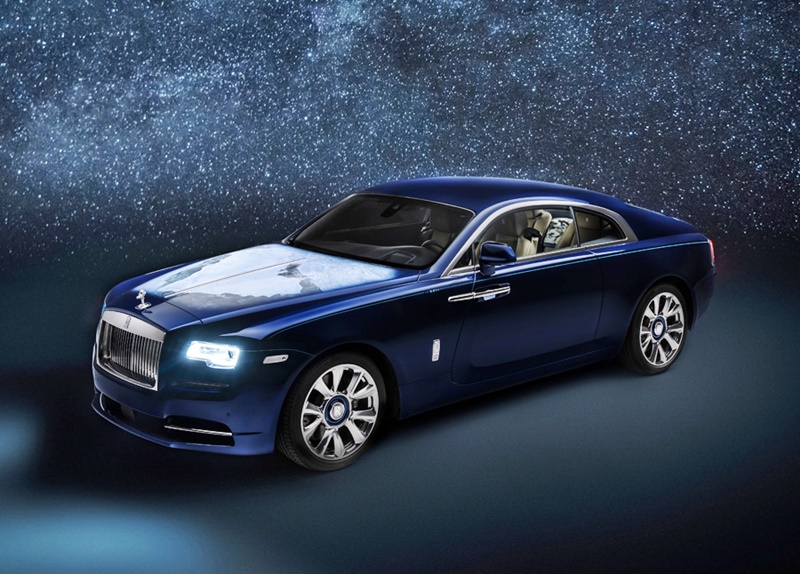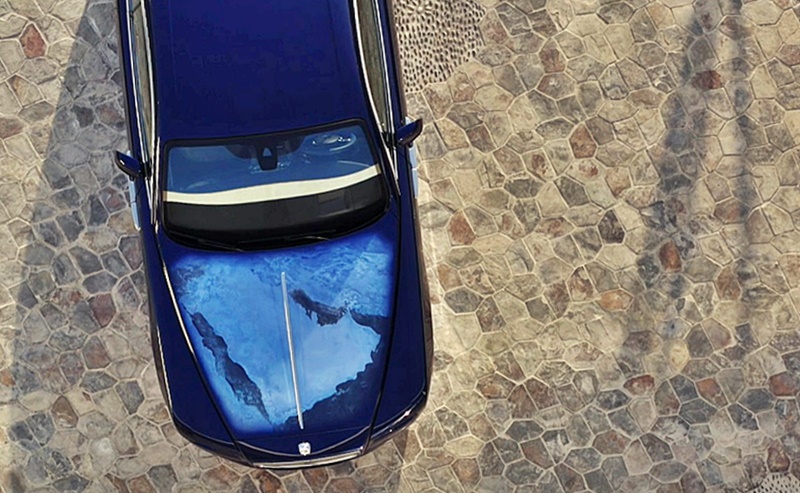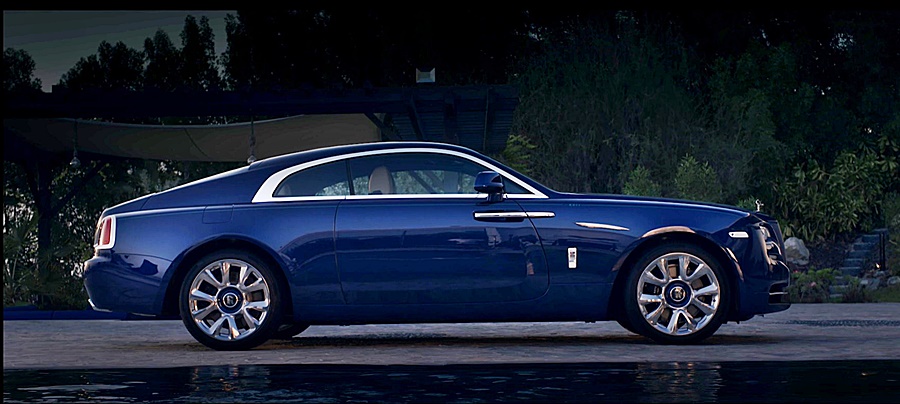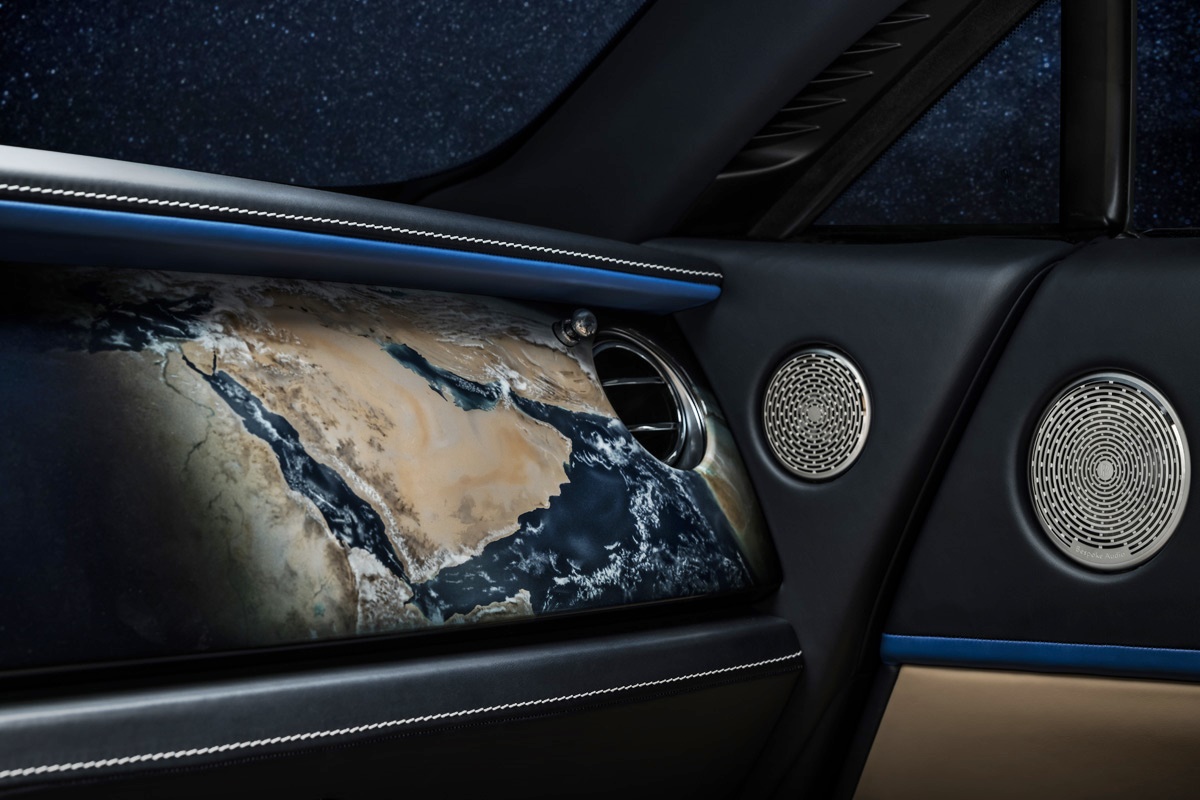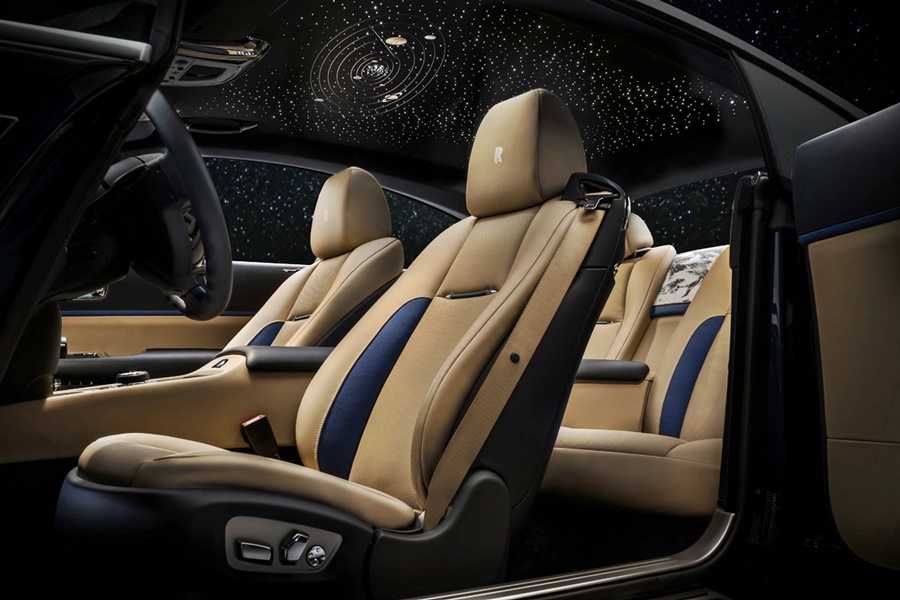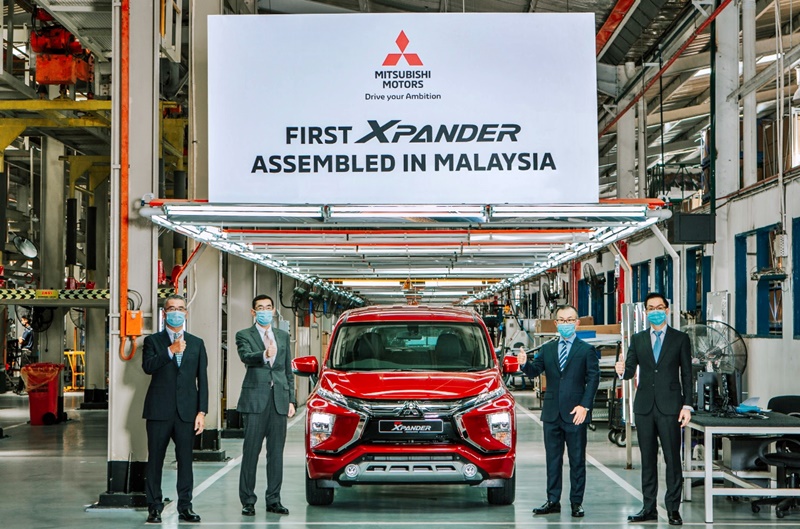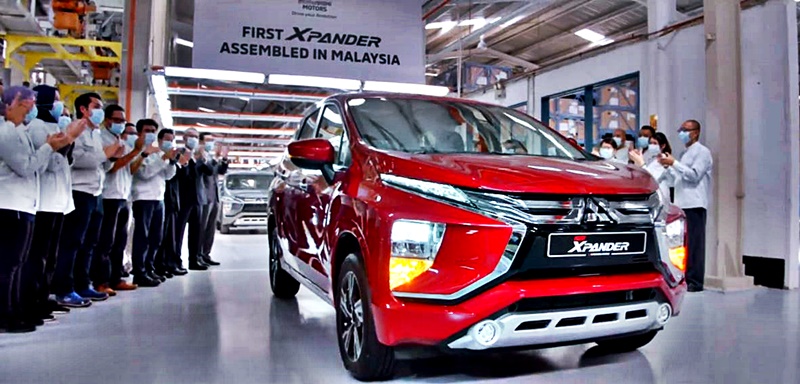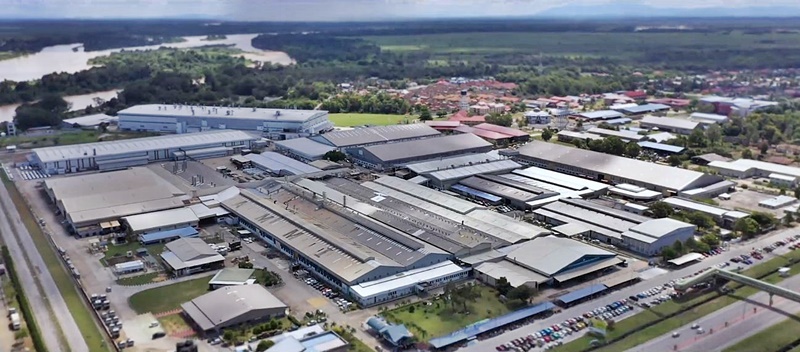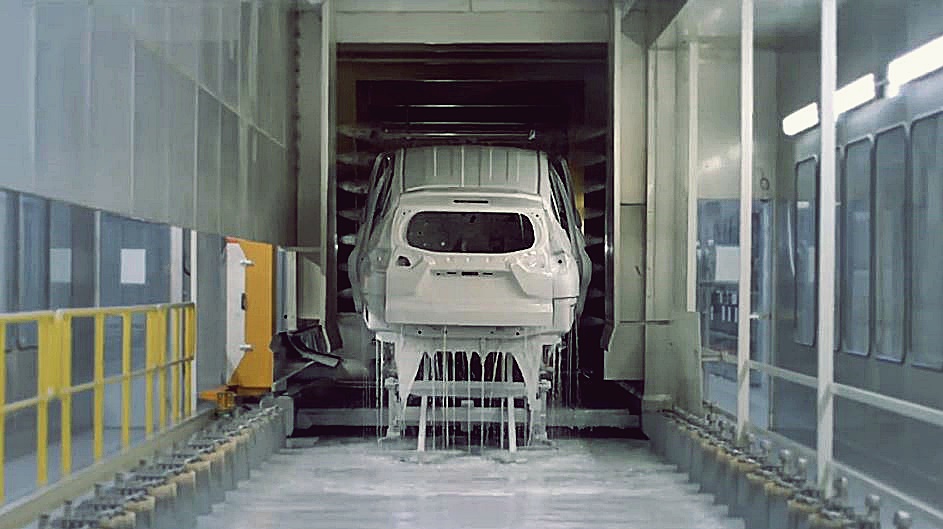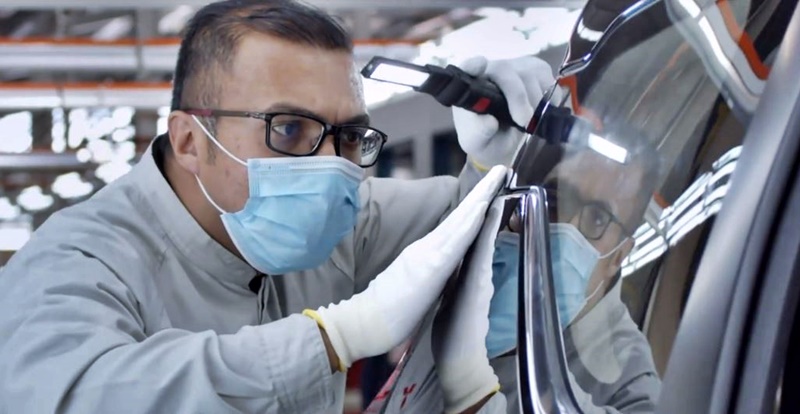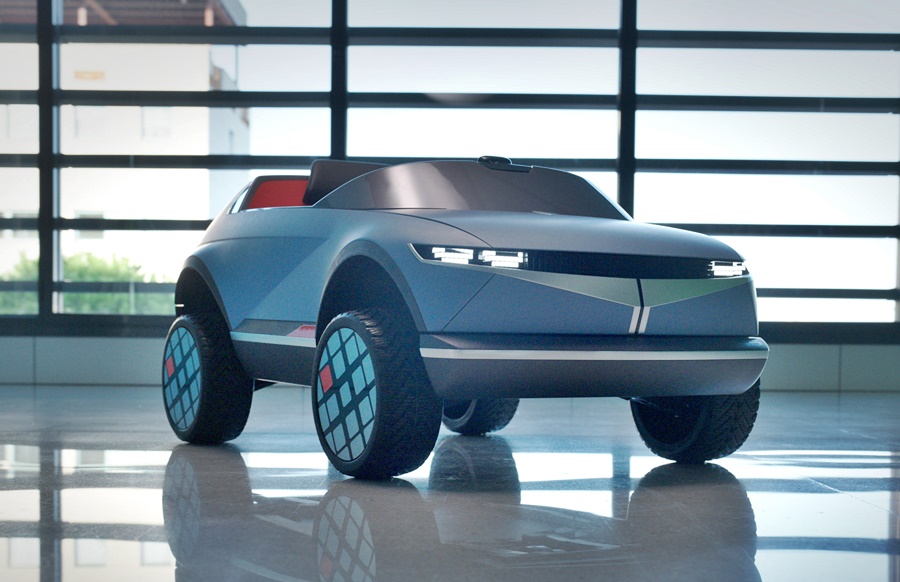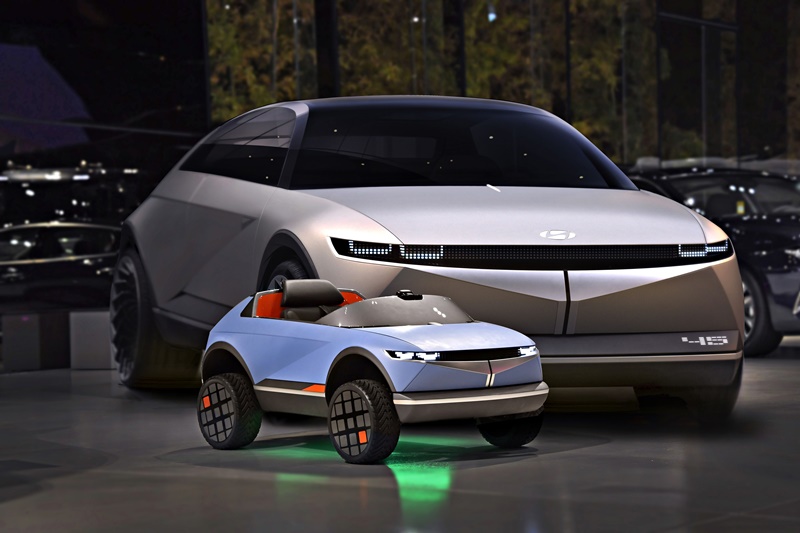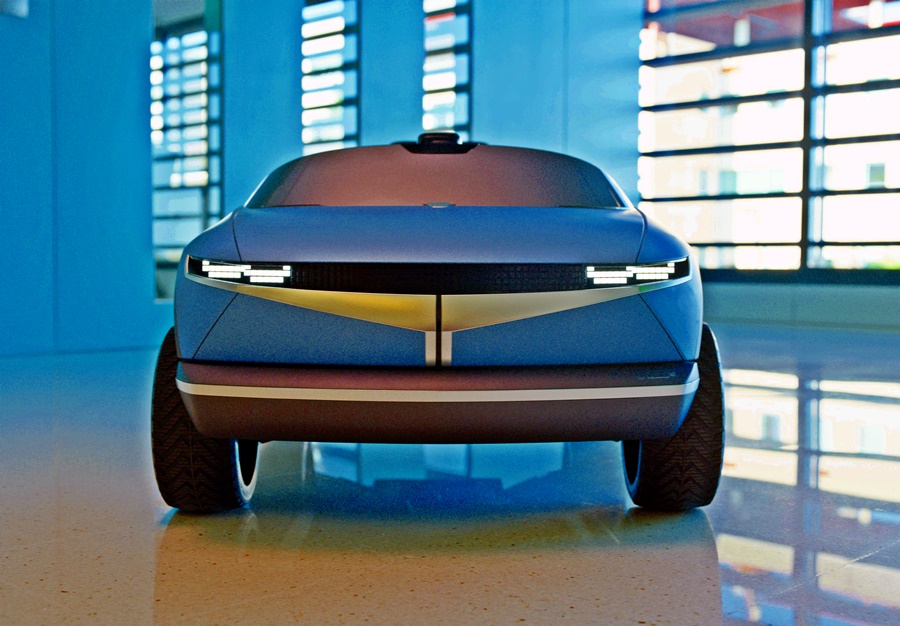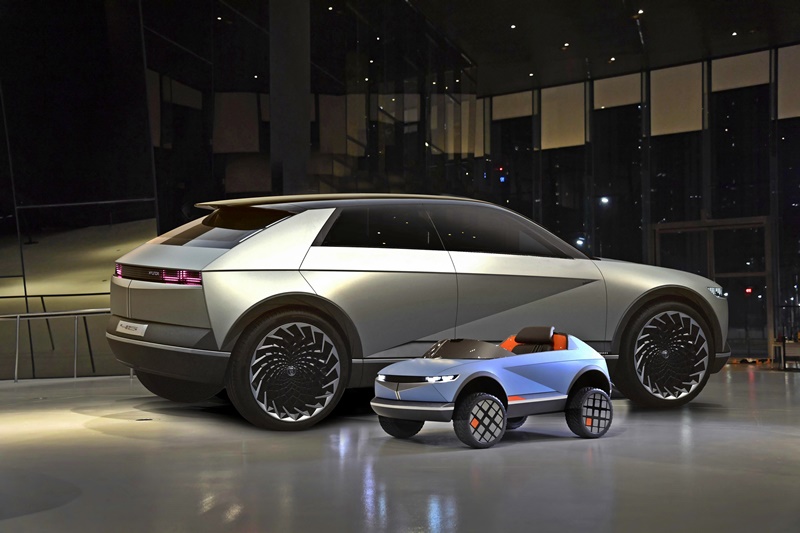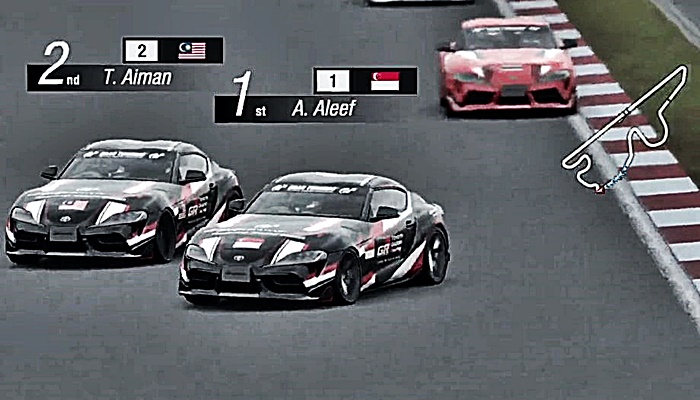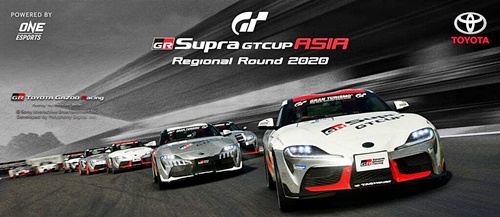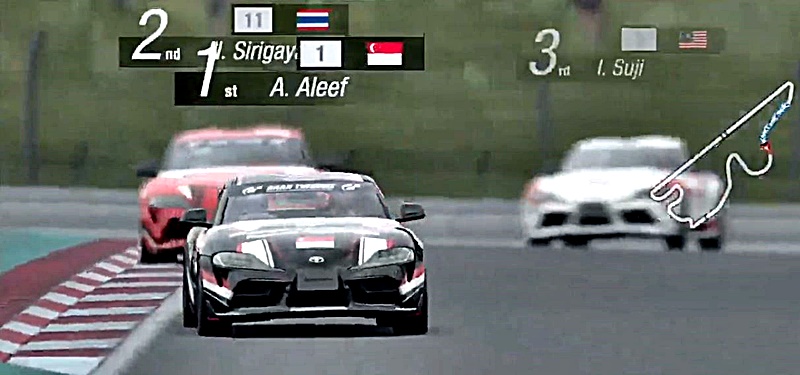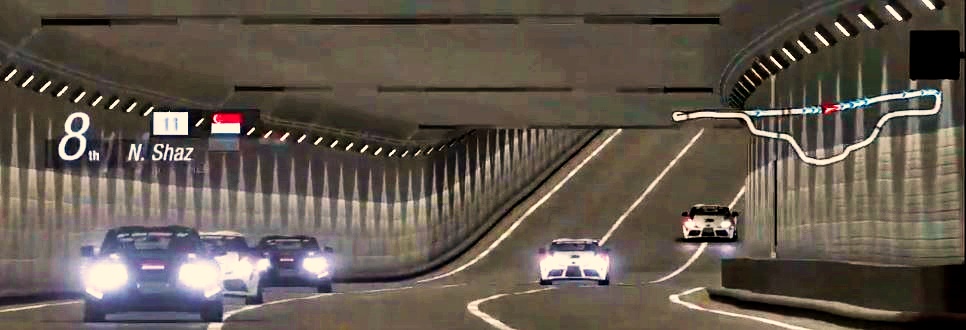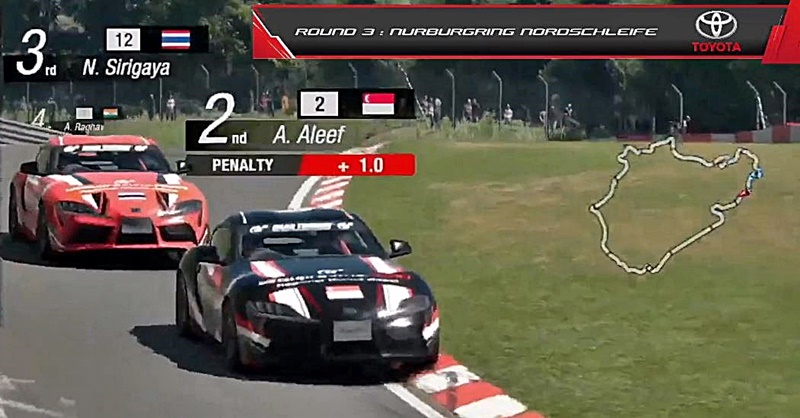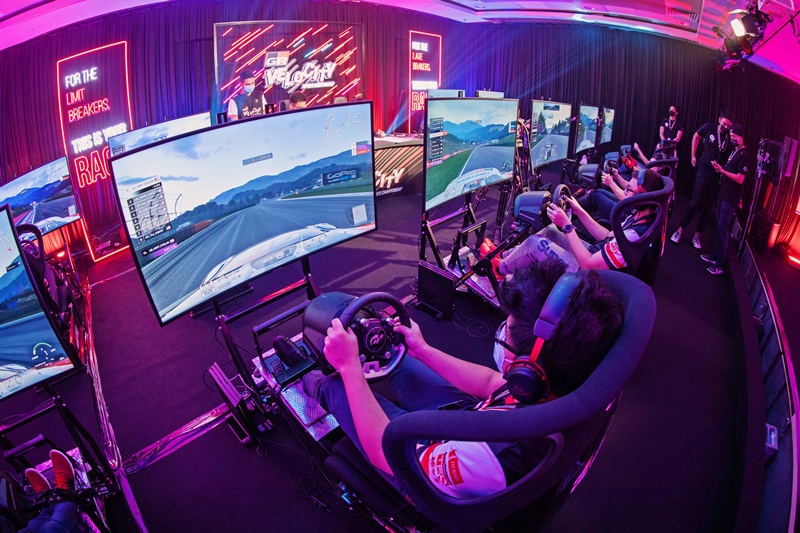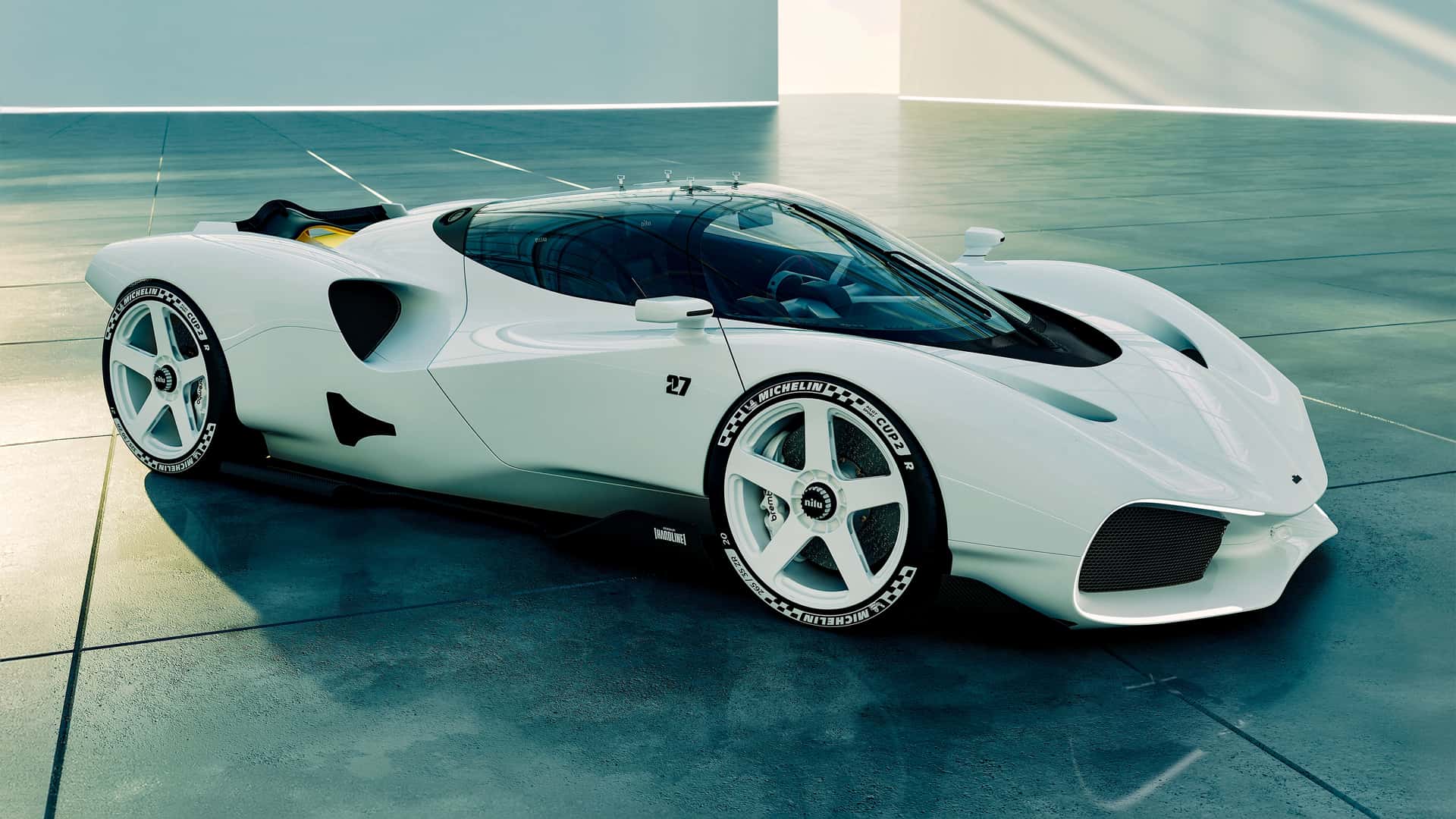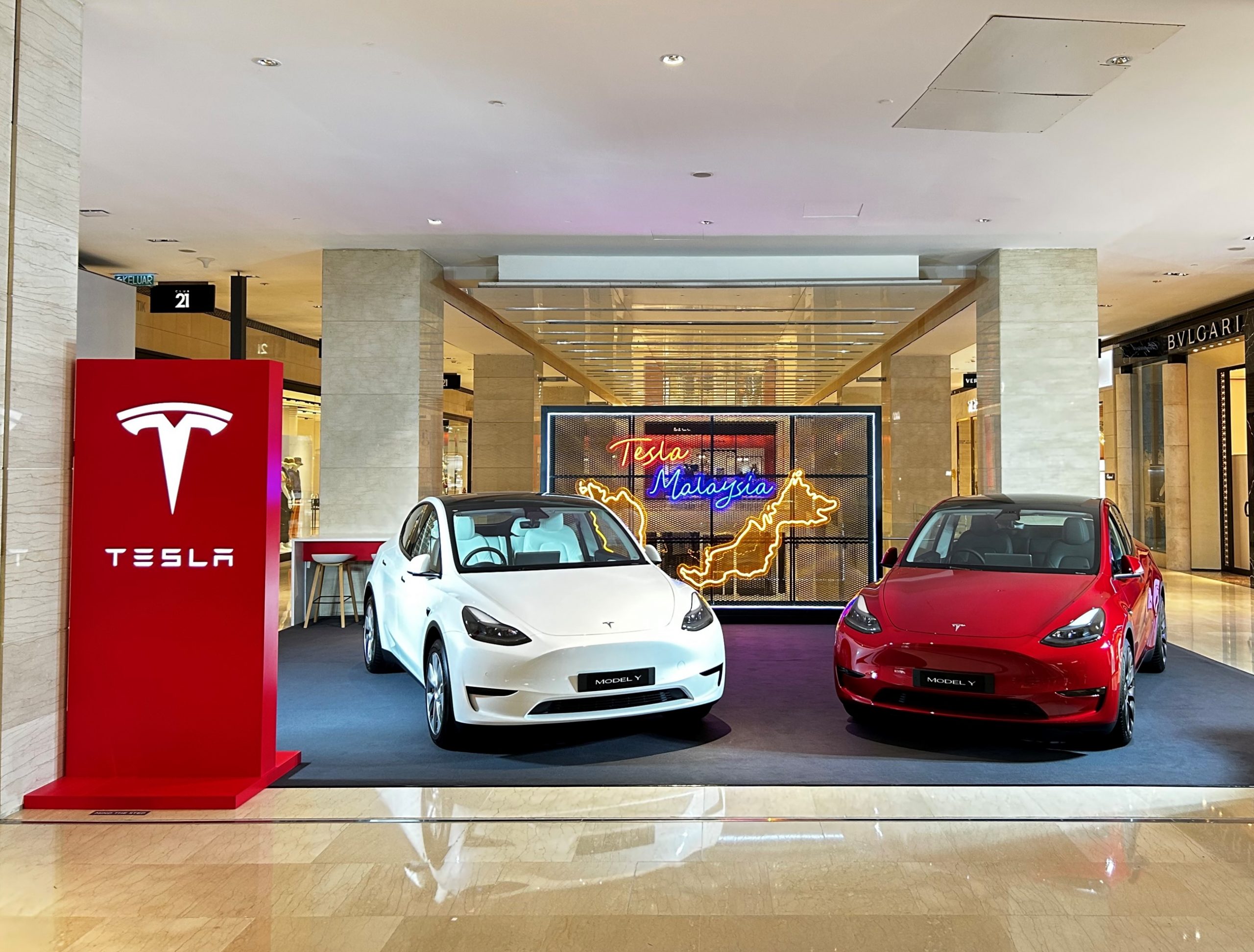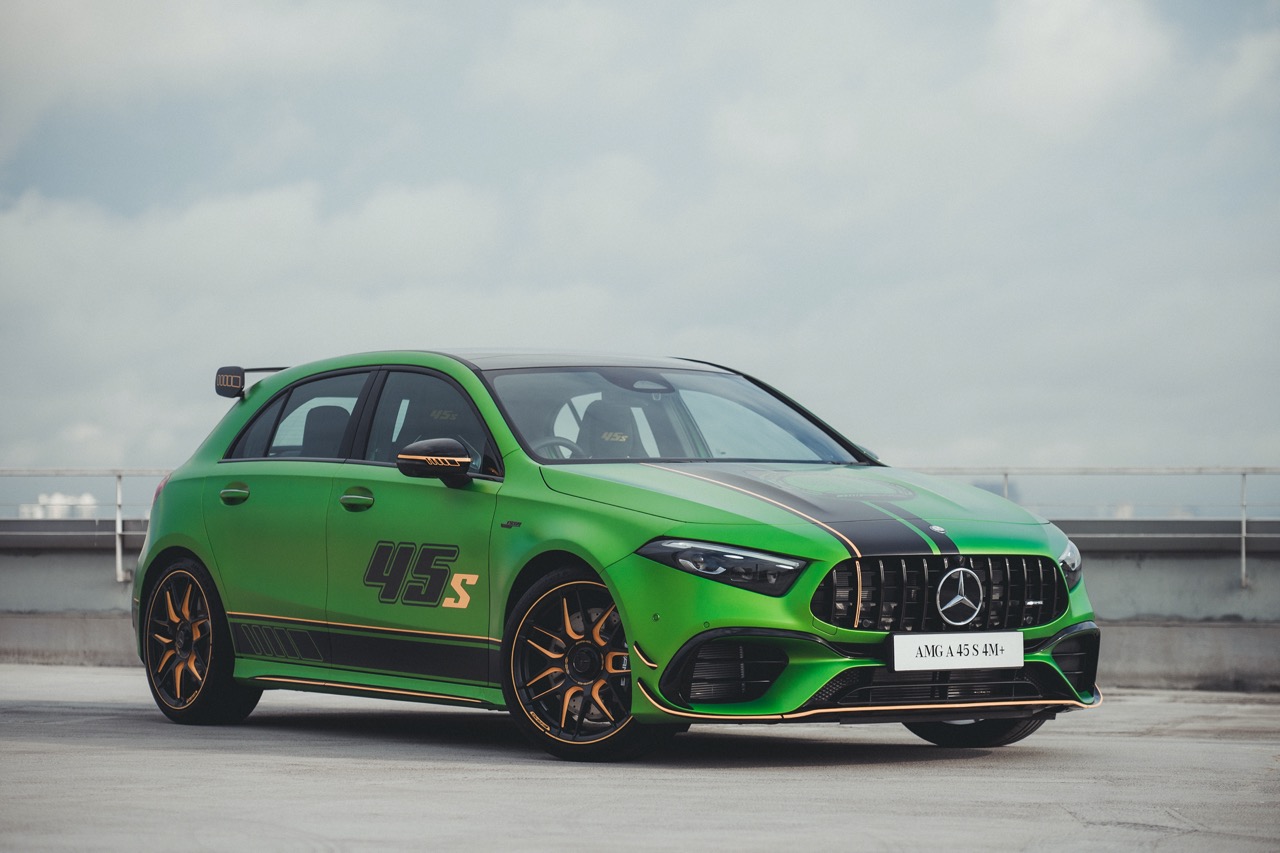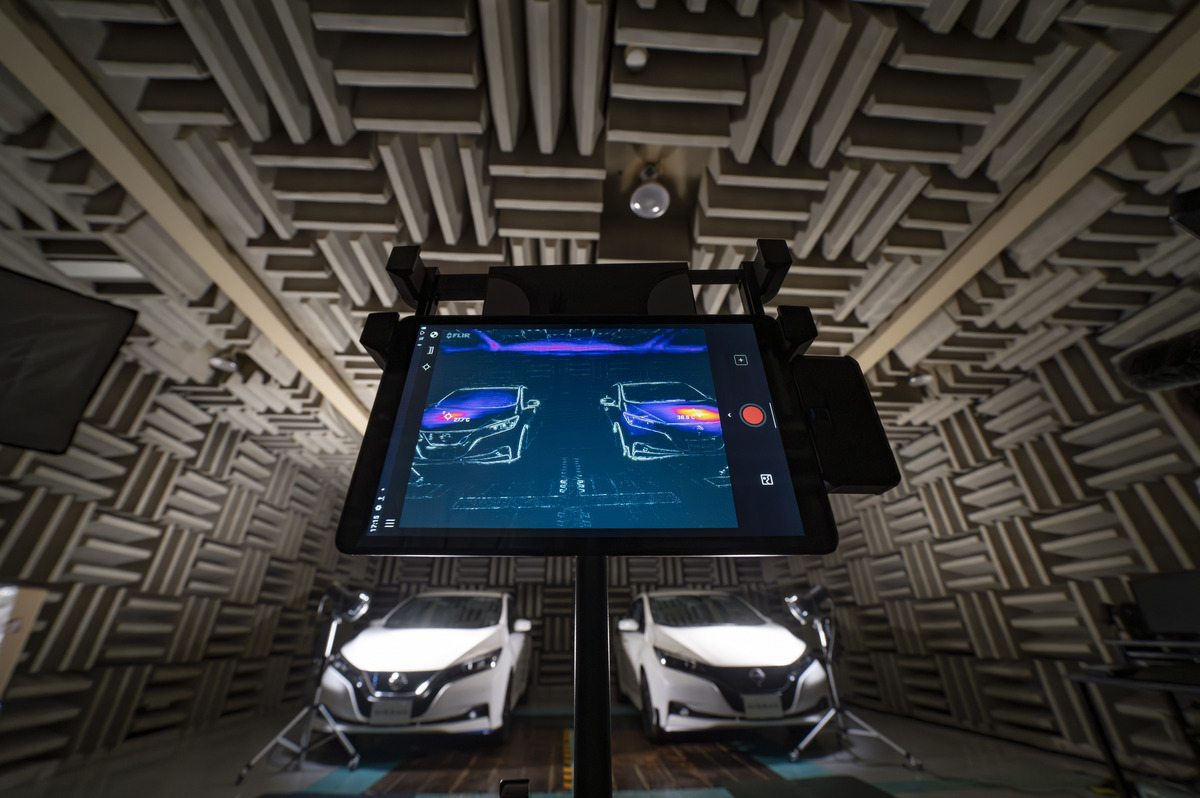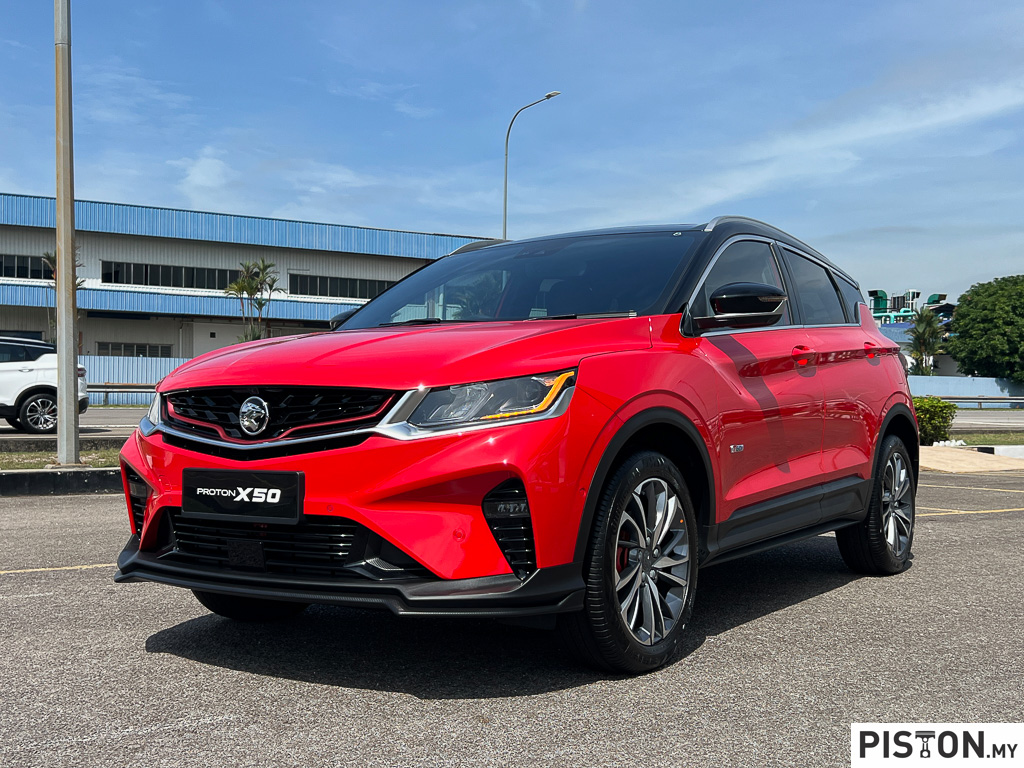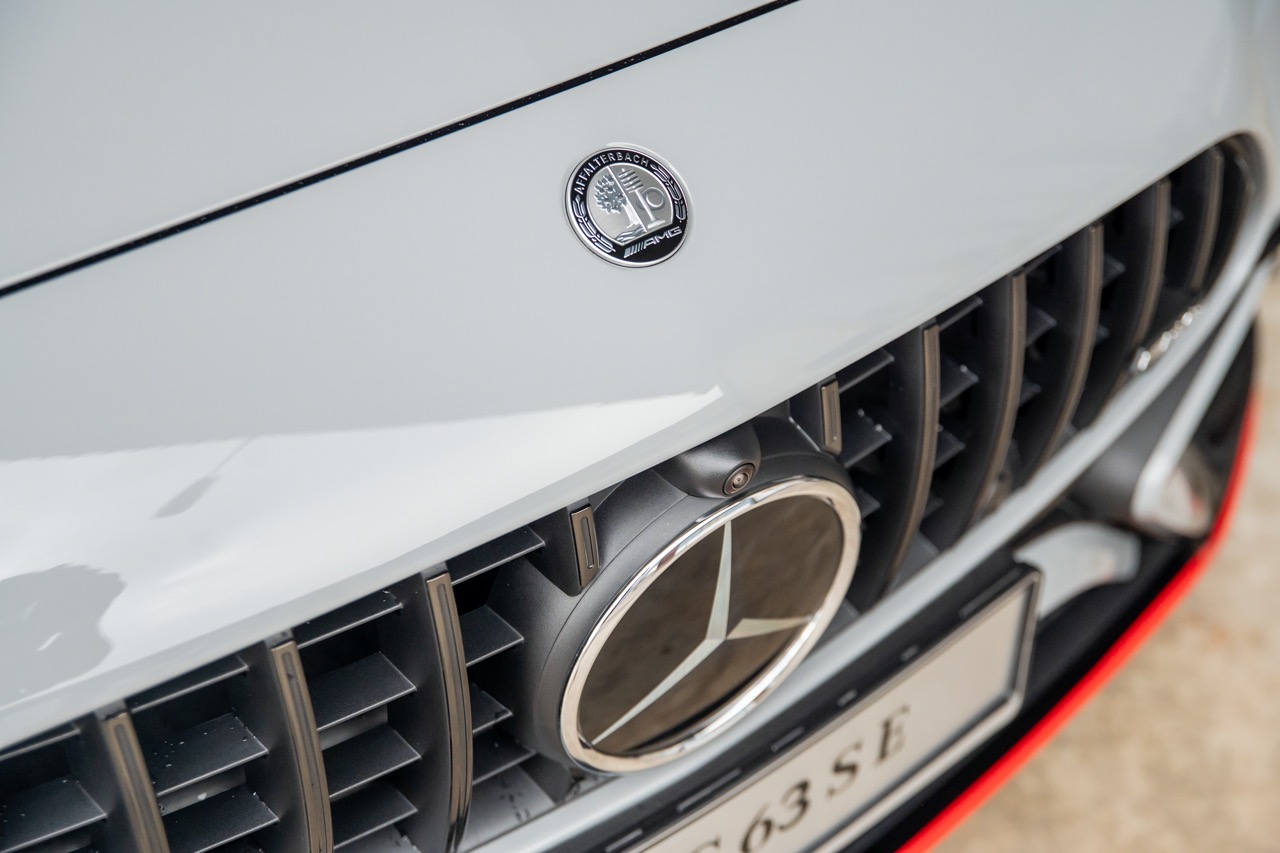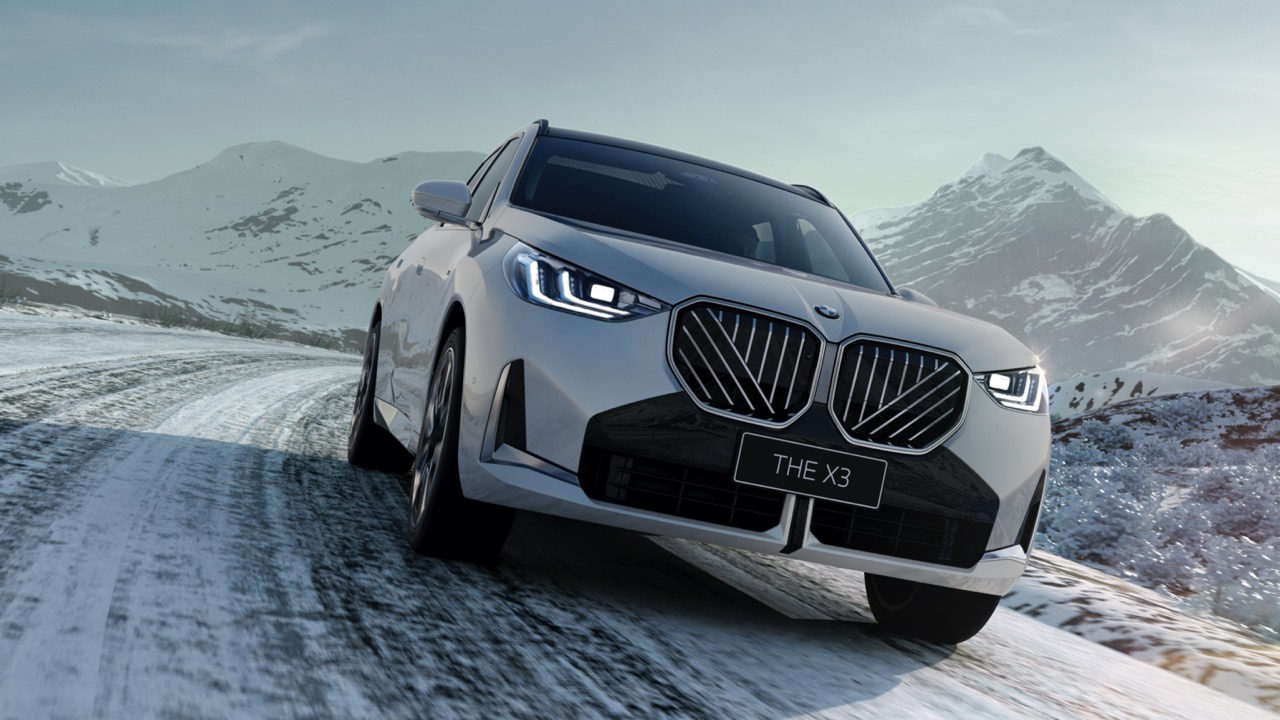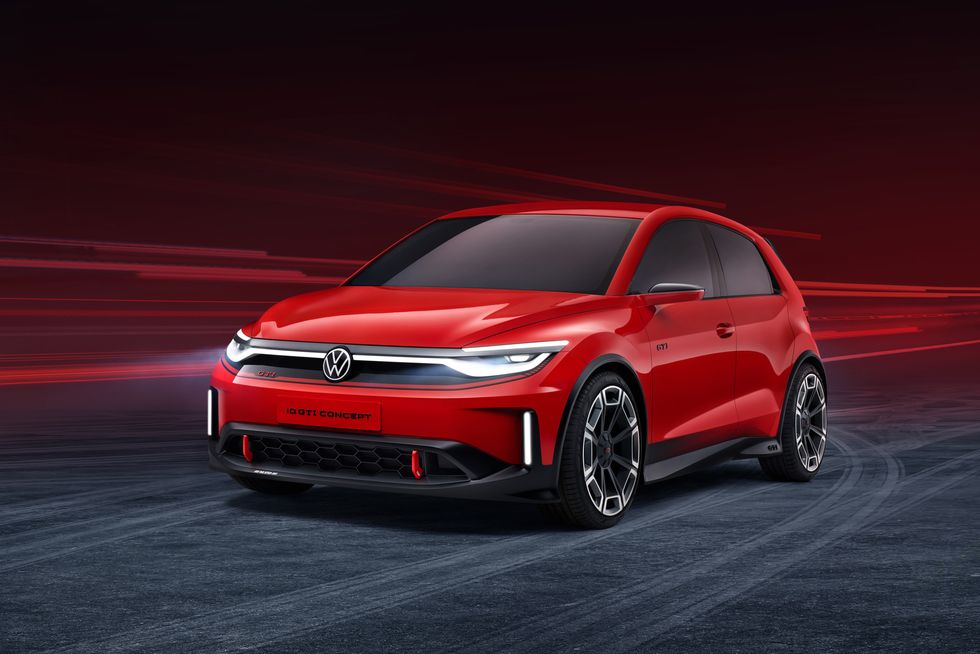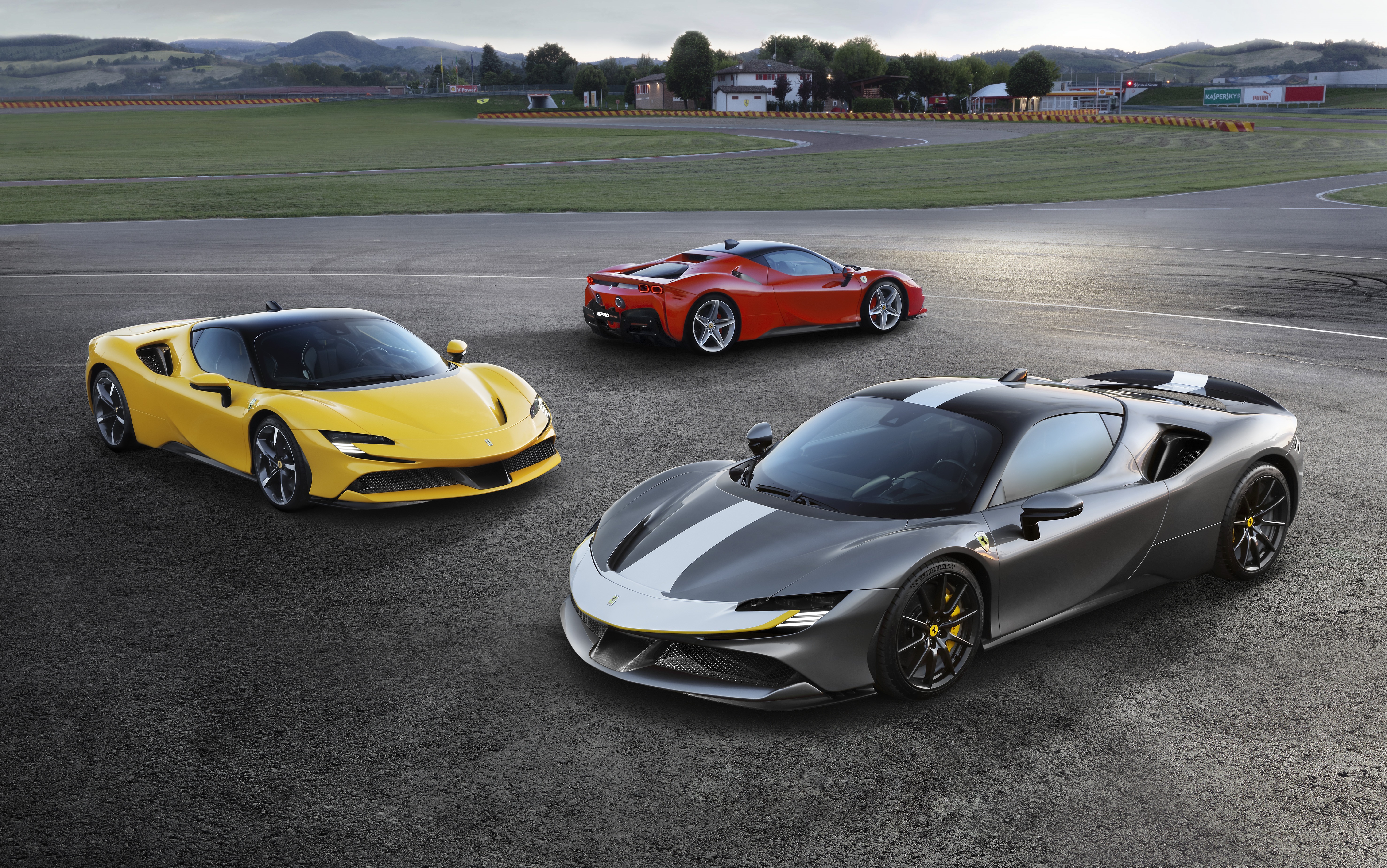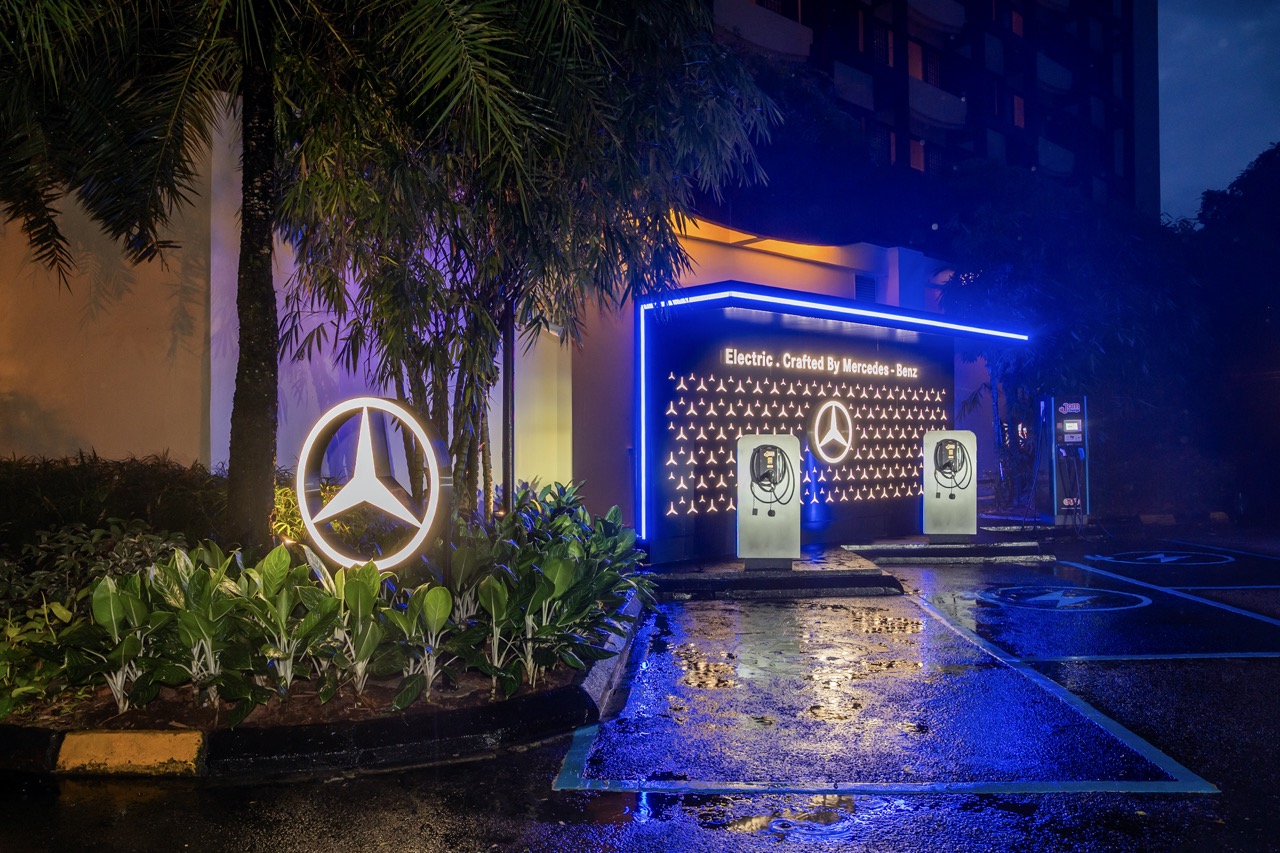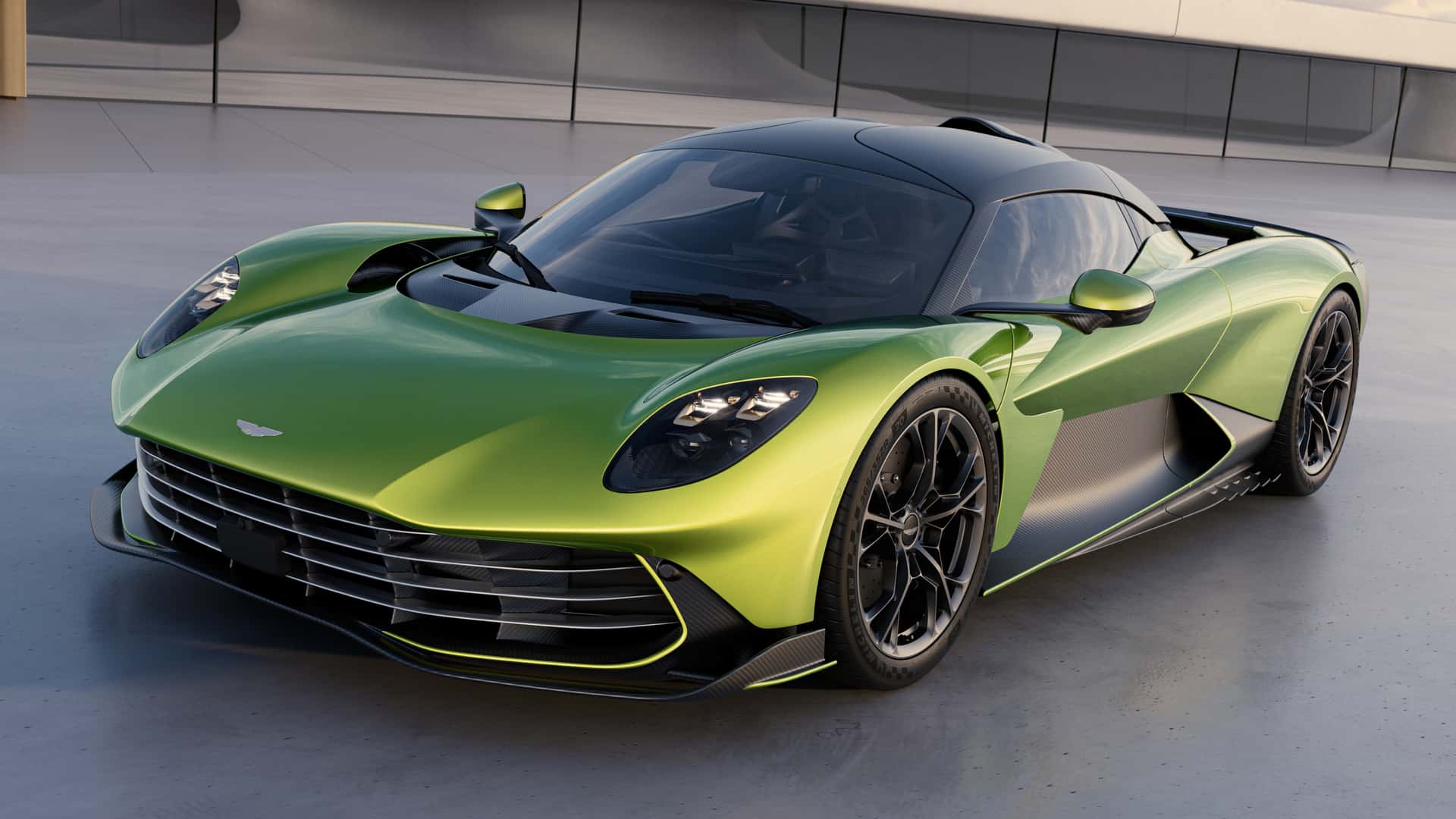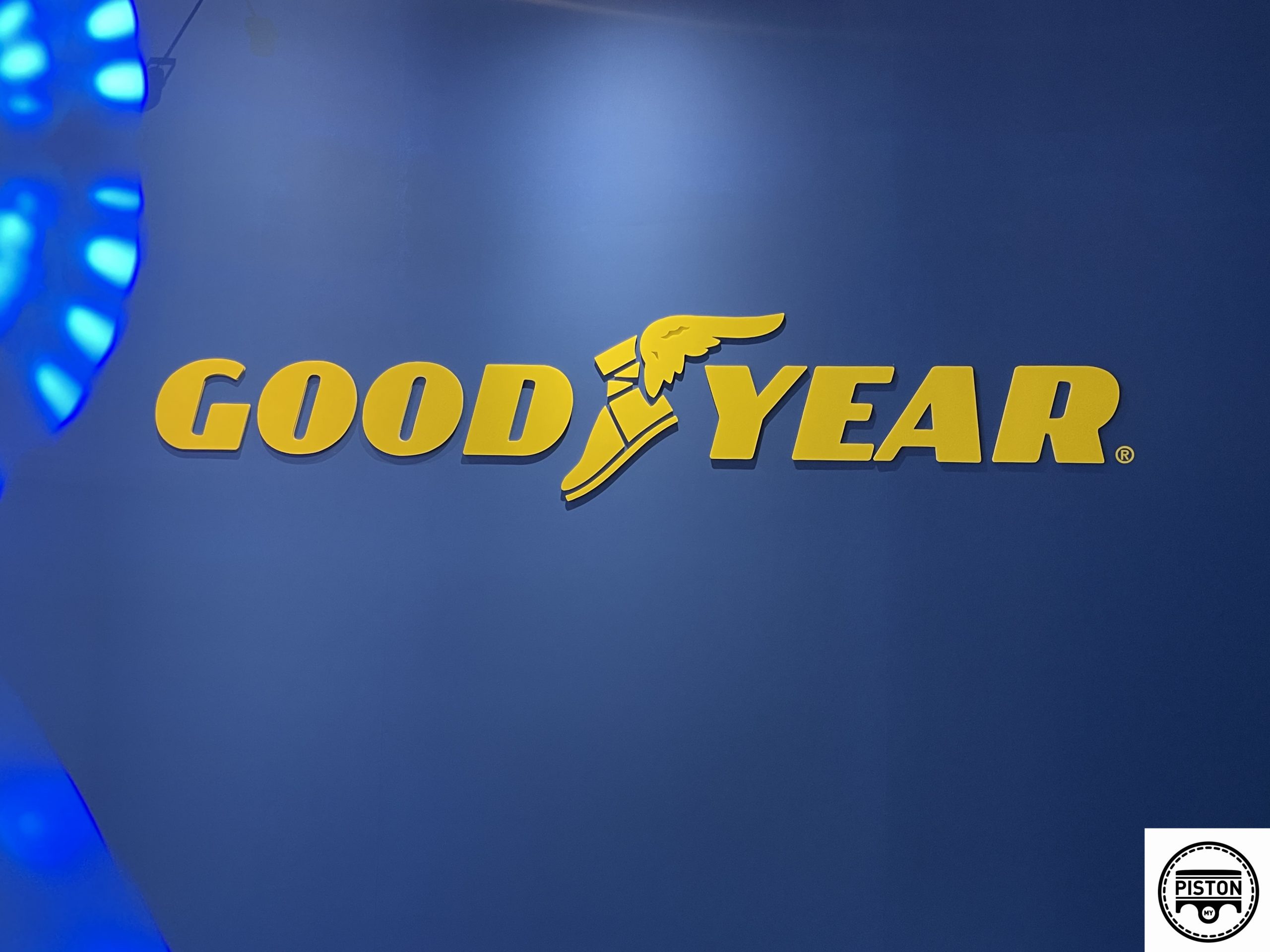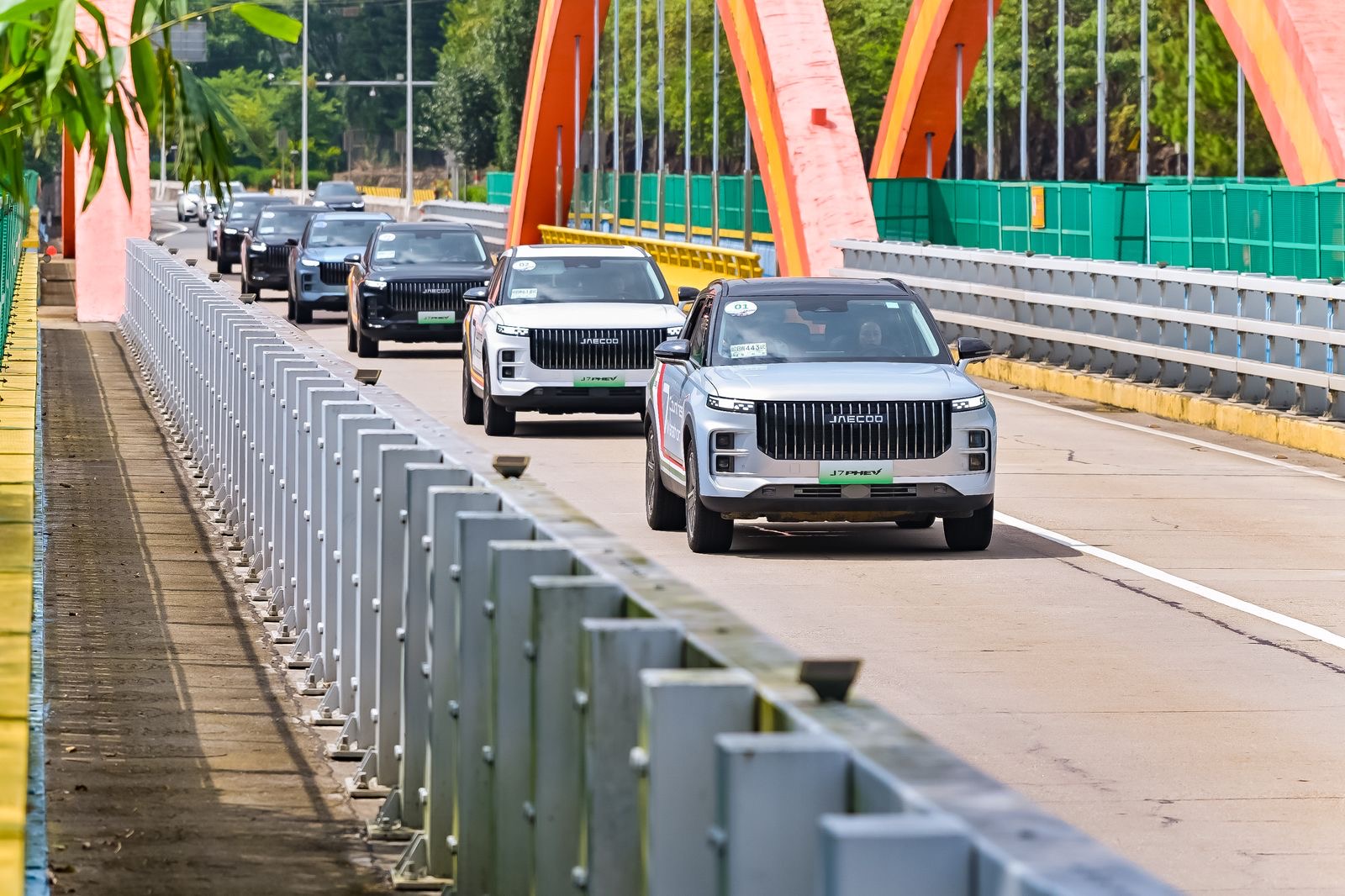Being a righthand drive market has sometimes been a challenge for distributors as their principal may choose to focus on the lefthand drive market which offers a bigger volume globally. The additional cost of engineering a righthand drive variant may not be justified by the potential volumes so some models may not be available.
Hyundai Sime Darby Motors (HSDM) has had that sort of problem on and off over the years, leading to some periods when there were no really new products to display in the showrooms. With the global products, of course, righthand drive models are a must and the time has come for not one but two new models to be launched in Malaysia.
The first is the Sonata which was the first Hyundai model to be sold in Malaysia way back in the early 1990s. Every generation since then has been sold and it has even been assembled locally and the eighth generation has its official launch today.
The second model is the Kona. This is Hyundai’s representative in the compact SUV segment and is a younger product which was born in 2017. It’s been doing pretty well and riding the wave of popularity for small SUVs these days.
NEW HYUNDAI SONATA
The eighth generation of the executive sedan has undergone a transformation in appearance, taking on a sleeker form that could be mistaken for a 4-door coupe. Inspired by the dramatic Le Fil Rouge concept shown at the 2018 Geneva Motor Show, the new Sonata gains a sportier image than its predecessor.
The new design features the Digital Pulse Cascading Grille that spans from the front of the new Sonata, finishing at the innermost points of new combination headlamps coupled with a distinctive and innovative new lighting architecture.
Also a first for a Hyundai vehicle, the Hidden Lighting Lamps are a design innovation that incorporates state-of-the-art lighting technology, forming the Sonata’s light architecture. The Hidden Lighting Lamps appear to be chrome when switched off and become dramatically lit when turned on. It’s a design feature that you will see in other coming models as well.
The Sonata sits on a platform with a new Smartstream G2.5 powertrain. The 2.5-litre engine produces 180 ps/232 Nm which is transferred to the front wheels through a 6-speed automatic transmission with shift-by-wire linkage.
The platform is a totally new one and the Sonata is the first model to utilize it. The engineers have significant flexibility for vehicle development across multiple segments with this platform which is made with hot-stamping and super-high-tensile steel. It has also been strengthened and with the aid of computer-aided engineering, dissipation of impact forces is carefully planned to minimize the effects on the occupants.
Inside the new Sonata
Spanning the full width of the cabin, the slim dashboard features a wide 12.3-inch digital instrument panel. This is customizable to suit different driving modes and preferences. At the centre of the dashboard, a large, 8-inch HD screen enables occupants to interact easily with the audio-video and navigation functions. This screen can also accommodate a split-screen function that allows audio and navigation to be displayed simultaneously.
The instrument panel is in the shape of spread wings, inspired by a stealth aircraft. This shape presents a levitating effect, and this philosophy carries into the long armrests. The designers compressed the height of the dashboard and air vents as much as possible to create a ‘lightweight ambience’.
HSDM has been well known for packing a lot of features into its models, making them good value for money. With the new Sonata, there are segment-first features too, and one of them is the video-based blind spot monitor that is displayed on the instrument panel. With most other companies, blind spot monitors usually just provide an alert to the driver who must look at the door mirrors. The Sonata’s system gives a live feed so the driver does not have to turn the head at all.
The top version also includes a Head-Up Display (HUD) ahead of the driver. This is a low-cost HUD which provides useful information when driving and it is right in the forward view of vision so the driver can keep eyes on the road ahead.
Other features in the comfort and convenience areas include a sunroof, electric parking brake, smart trunk, wireless smartphone charging pad with cooling fan, Apple CarPlay and Android Auto and a high-quality infotainment system.
The new Sonata is available in only one variant, priced from RM206,888, but the first 50 buyers can get it a special introductory price from RM189,888 (Peninsular Malaysia, excluding insurance). There are 6 exterior colour choices with three interior colour themes.
NEW HYUNDAI KONA
Those who like the well known coffee from the Hawaiian Islands will be happy to know there is now a SUV from Hyundai named after it. The compact model is a new line and is the first B-segment SUV sold by HSDM.
It’s a stylish design with an athletic image that incorporates Hyundai’s new ‘face’. This is the Cascading Grille with a sporty mesh pattern, flanked by flared, wing-like fenders that house composite headlamps with high-efficiency LEDs.
To appeal to younger buyers, the colour choices are more extroverted – Chalk White, Lake Silver, Phantom Black, Pulse Red and Ceramic Blue. The 1.6 Turbo variant gets a black roof, providing high contrast between the body, roof and wheels for a more distinctive appearance.
The Kona rides on an all-new platform developed for compact SUVs. On this platform is a lightweight unibody structure, 52% of which is Advanced High Strength Steel. Proprietary hot-stamping methods produce lightweight, ultra-strong structural elements to maximize the cabin’s central safety cell.
The platform also features an innovative multi-load path structure, effectively dispersing impact energy across multiple structures to protect passengers in the event of an accident. As such, injuries can be minimised, along with the cushioning effects of airbags.
HSDM offers the Kona with a choice of two powertrains – a 2.0-litre Nu MPI engine and a Gamma 1.6-litre 4-cylinder direct-injected, turbocharged engine. While the bigger engine generates 149 ps/180 Nm, the smaller one with turbocharging can produce up to 177 ps, with a maximum of 265 Nm of torque starting from 1500 rpm and available till 4500 rpm. The engine is coupled to a 7-speed EcoShift dual- clutch transmission (DCT).
Inside the Kona
Although the exterior appearance is that of a compact vehicle, the interior has been packaged intelligently to maximise space for passenger comfort. Stylistically, there is a strong horizontal character line creating a wide and spacious feel.
As with the exterior colour choices, the interior has also been given a youthful touch with contrasting coloured seatbelts and interior trims. Grey-coloured interior trim and black seatbelts are matched with the Lake Silver, Phantom Black, Blue Lagoon and Ceramic Blue exteriors; Red seatbelts and Red interior trims are paired with the Phantom Black and Pulse Red exteriors; and Lime seatbelts and Lime interior trims are paired with Chalk White.
The functional dashboard houses an advanced infotainment which displays information on a floating 7-inch touchscreen. Connectivity is possible with standard Android Auto and Apple CarPlay so apps on smartphones can be mirrored on the dashboard. Incidentally, for those with compatible smartphones, there is also a wireless charging pad provided.
The more expensive variant has a Head-Up Display (HUD) system as well, projecting information onto the transparent panel ahead of the steering wheel. The 8-inch projected-image is visible in all lighting conditions and provides driving as well as safety information. When not in use, the HUD panel retracts into the dashboard.
While there are two engine choices, there are three variants as the 2-litre engine is available with either Standard or Active specs priced from RM123,888 and RM138,888, respectively. The Kona the 1.6 Turbo is priced from RM151,888.
Like the new Sonata, HSDM is offering the Kona at a special introductory price for a limited time. The 2.0 variant will be priced at RM130,888 for the Kona Active and the Kona 1.6 Turbo will be RM143,888 (Peninsula Malaysia, excluding insurance).
Click here for other news and articles about Hyundai.



